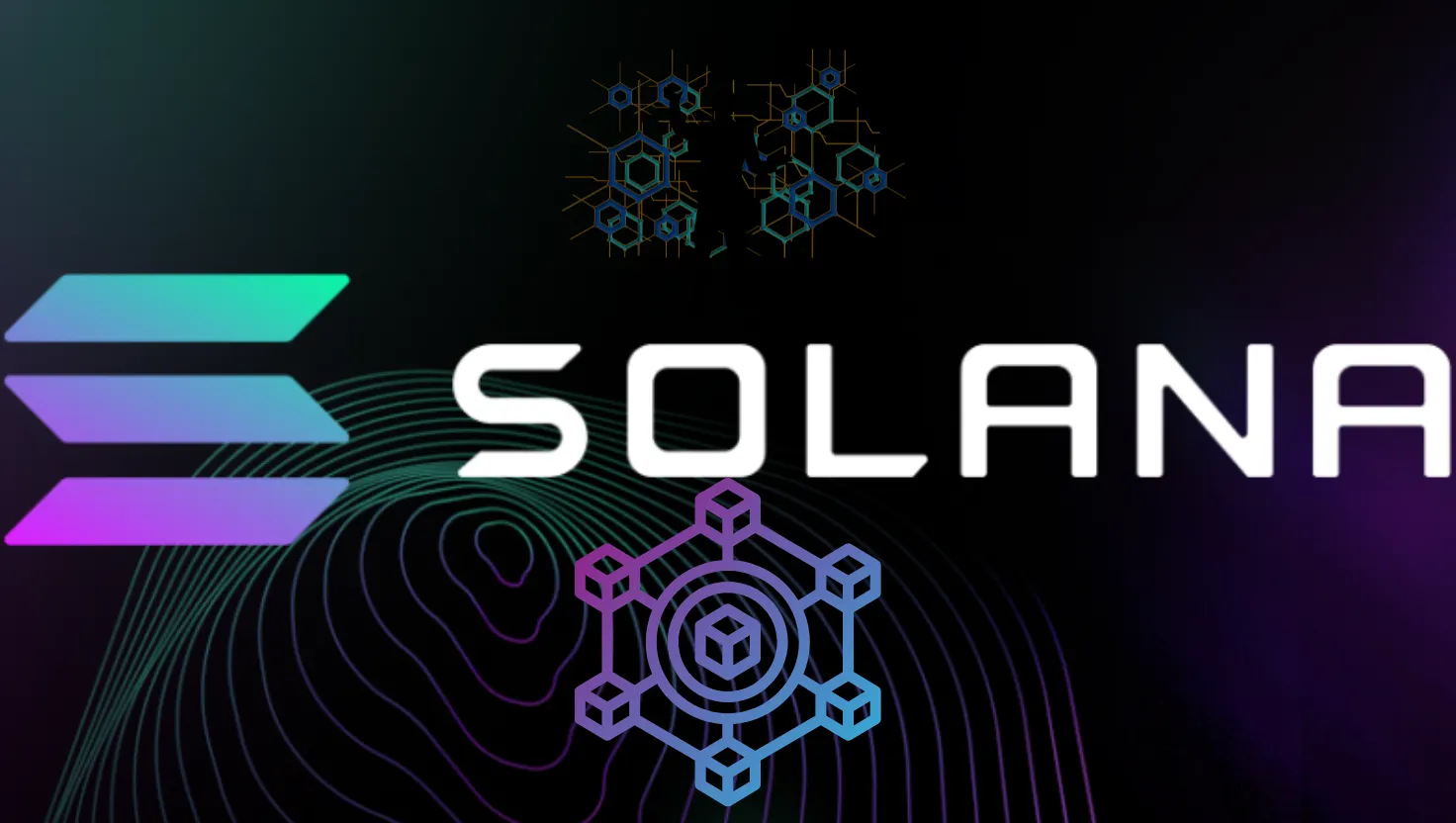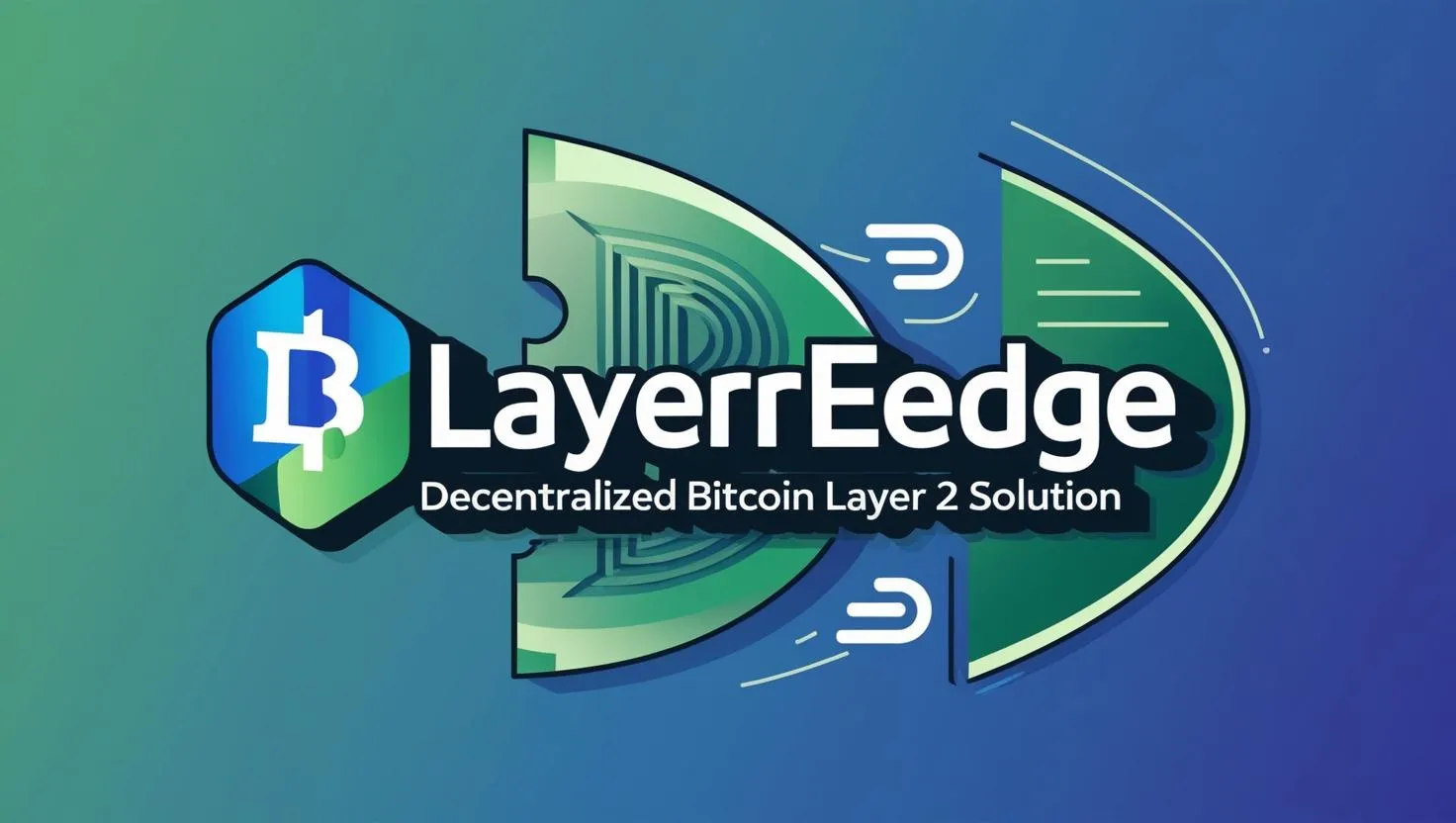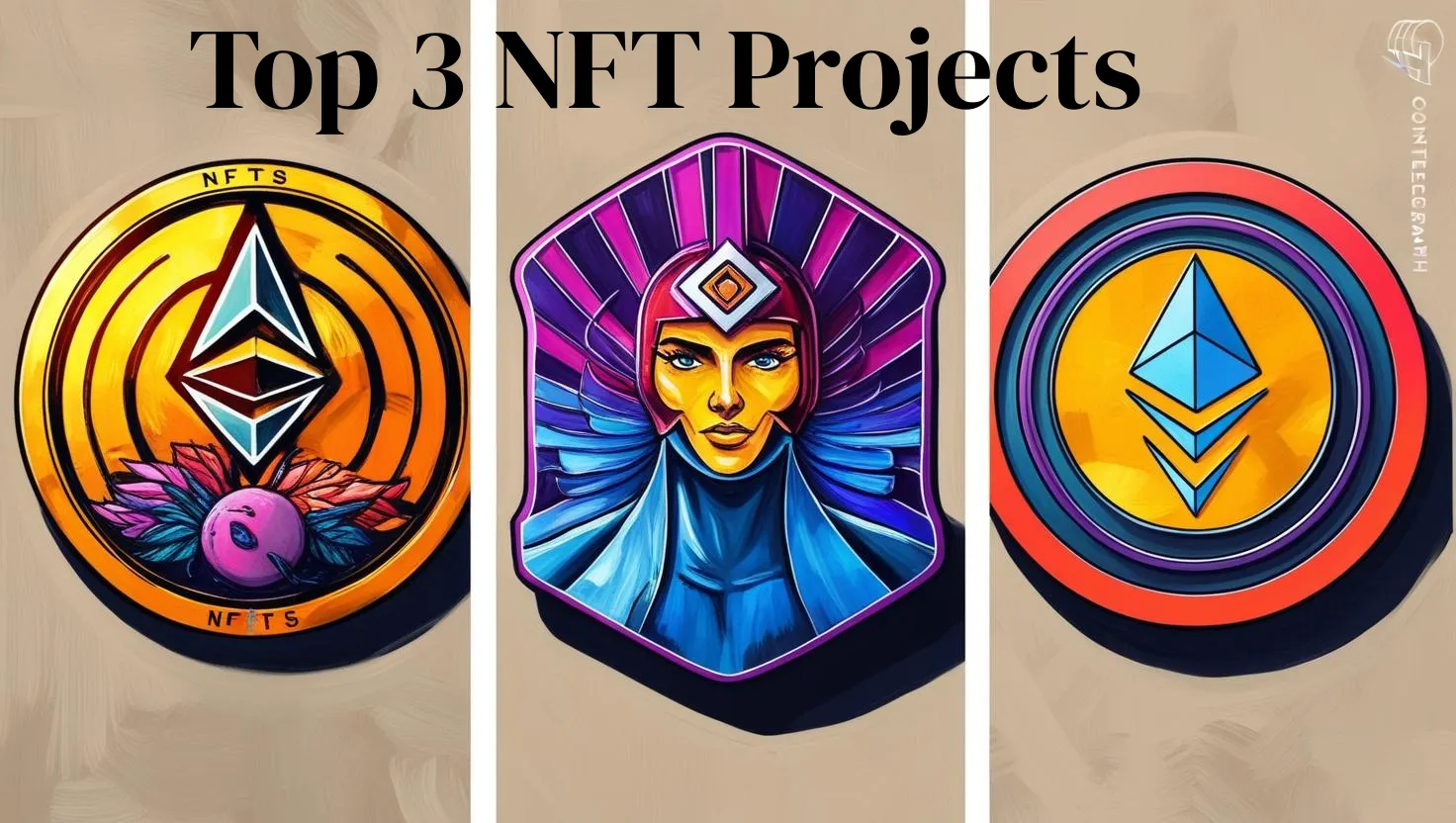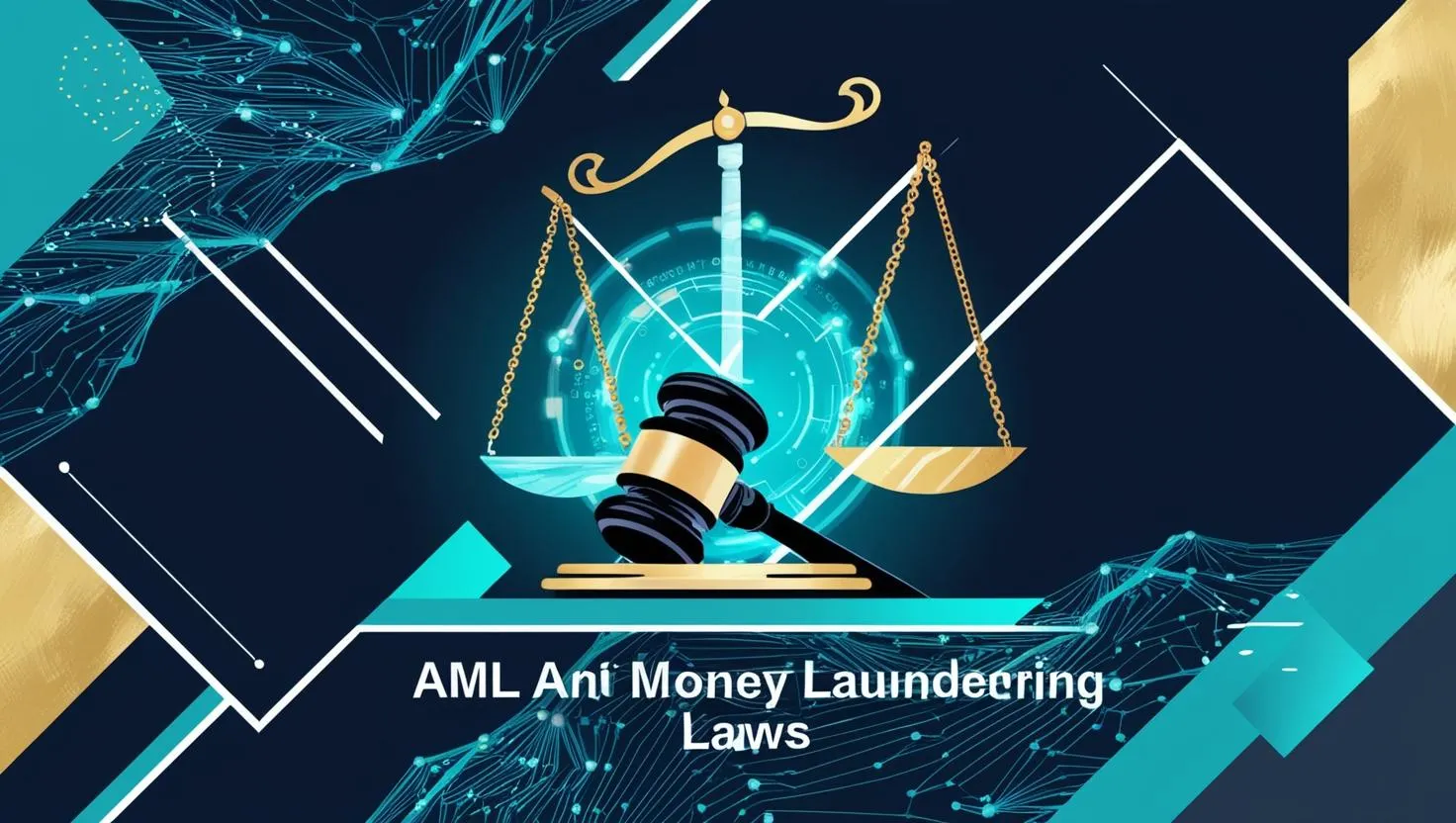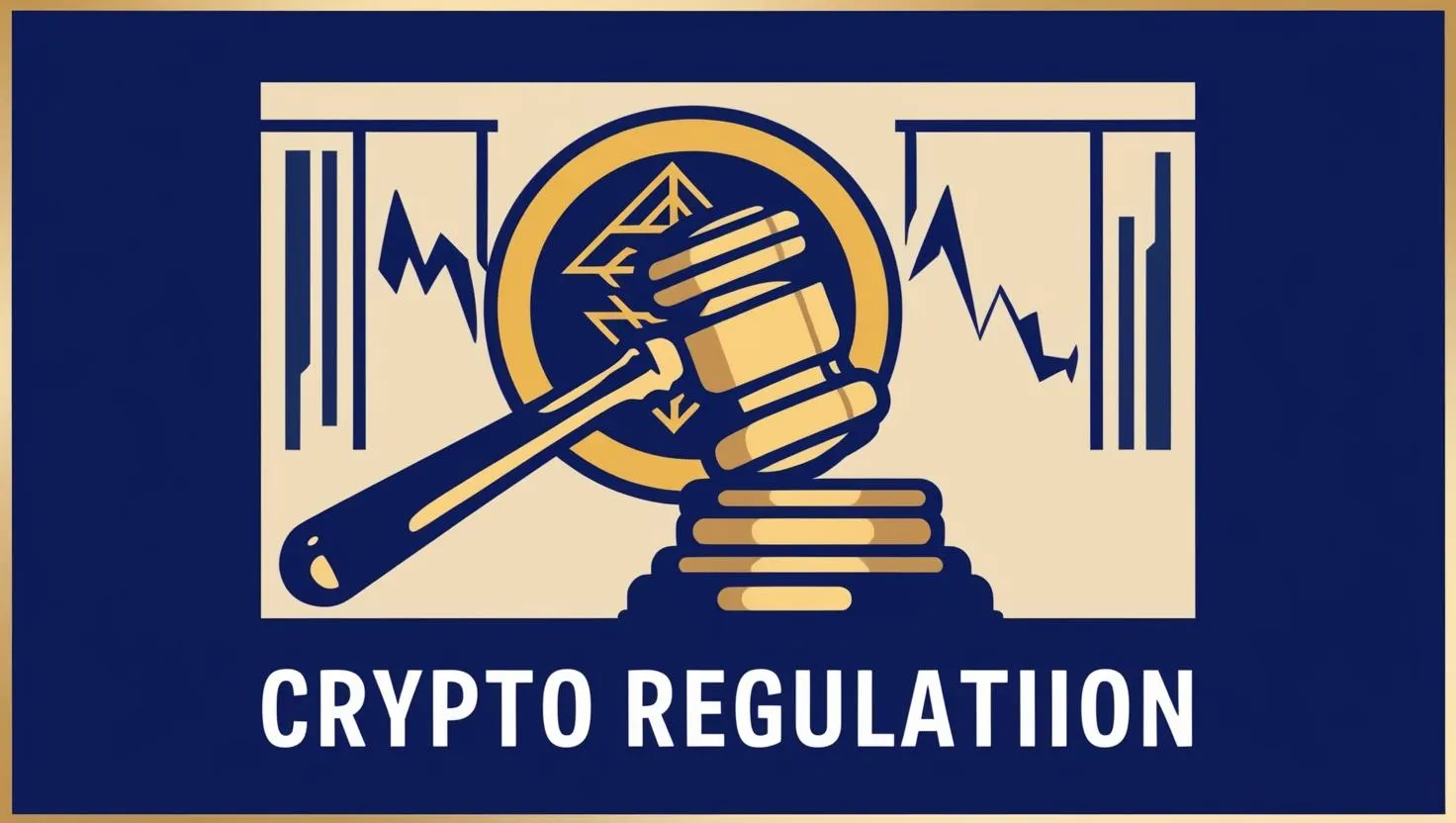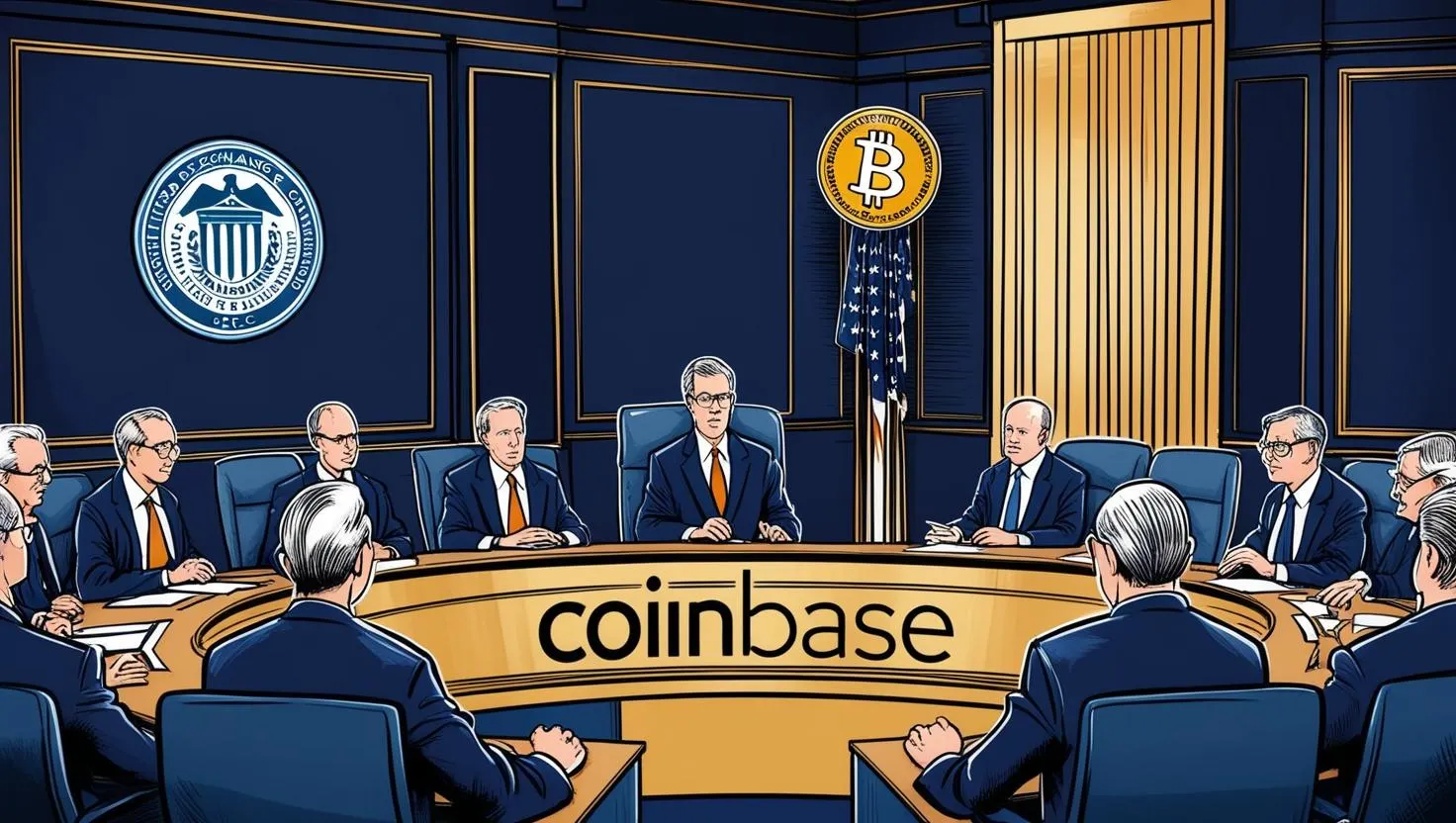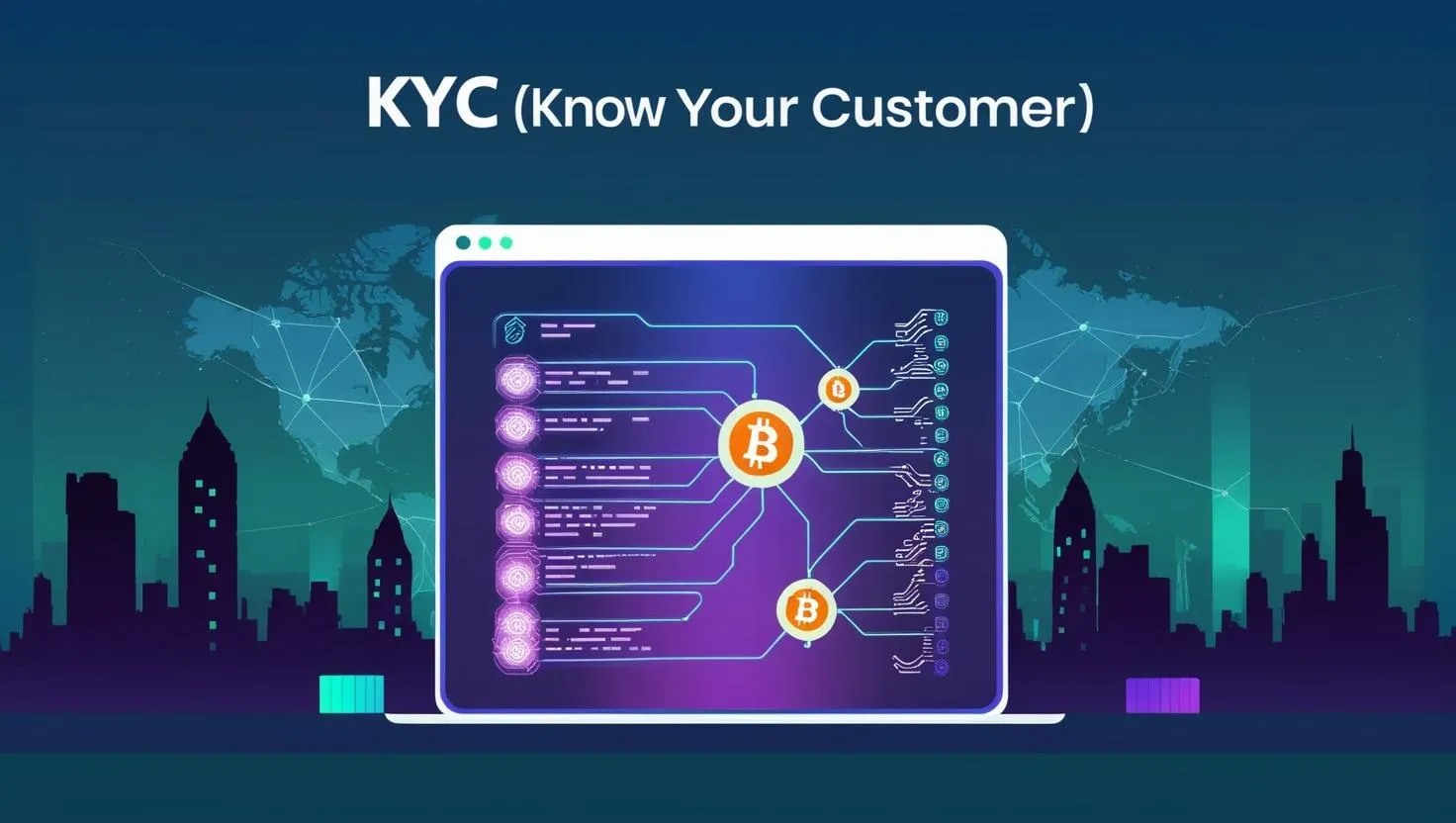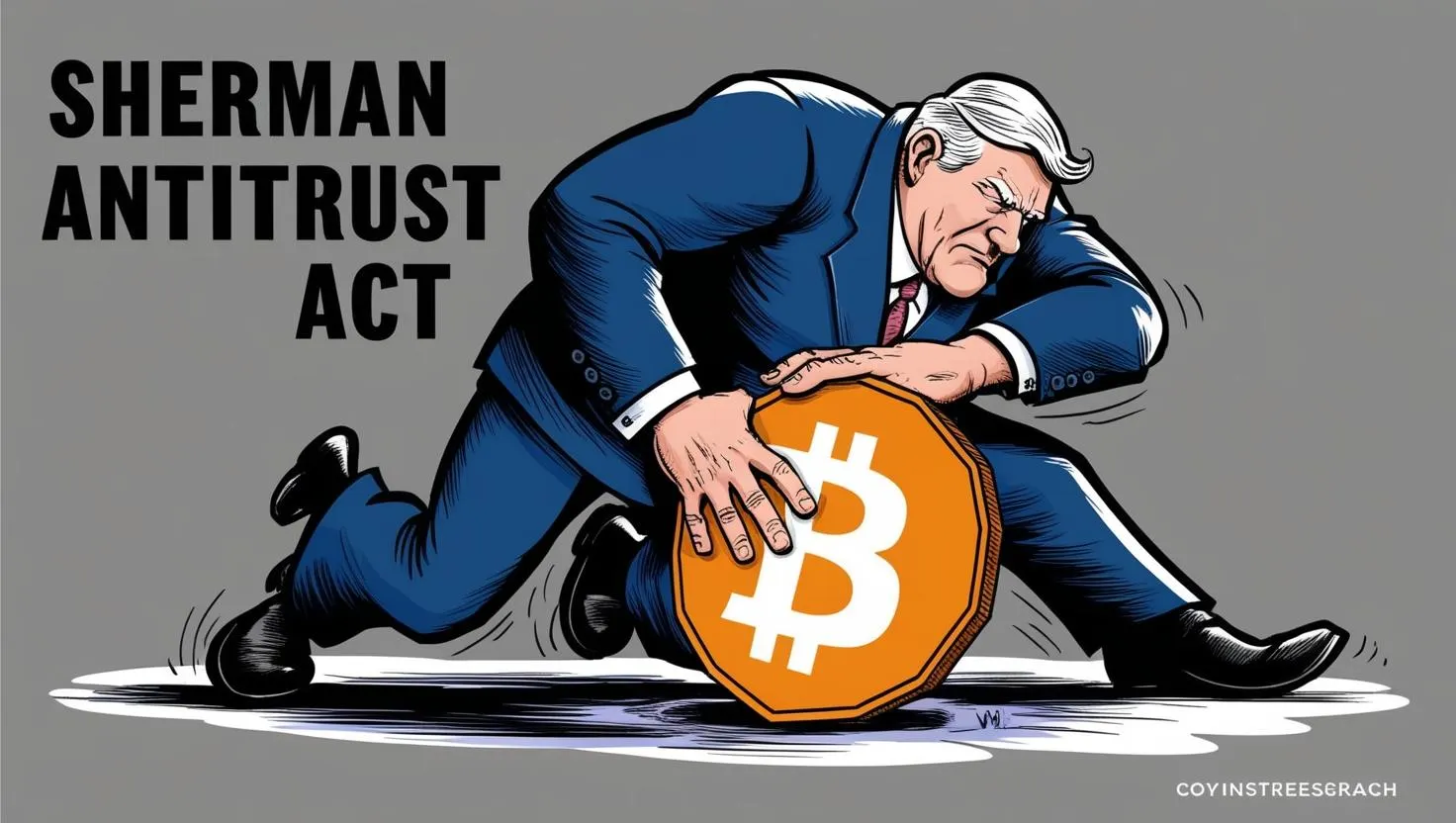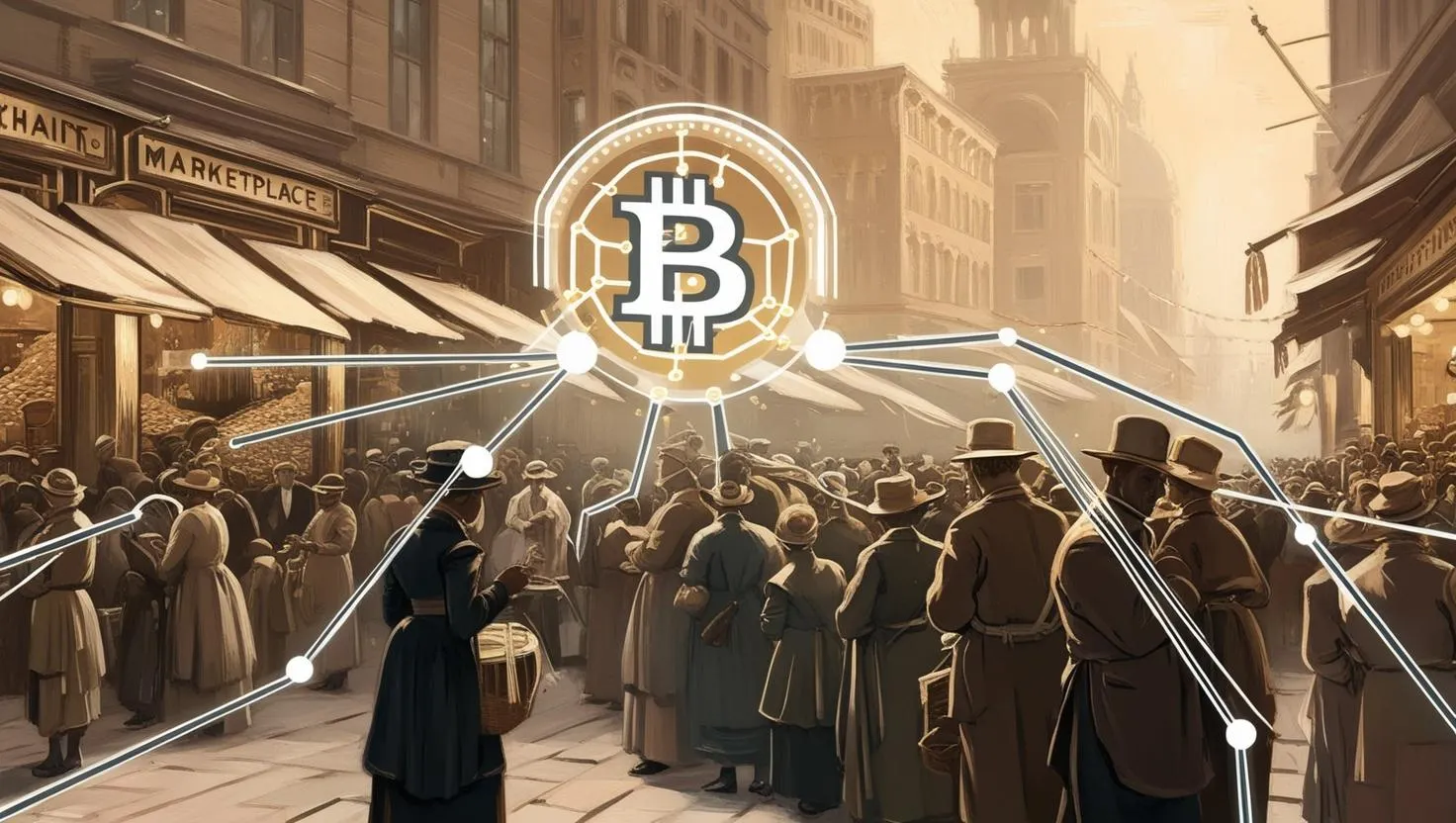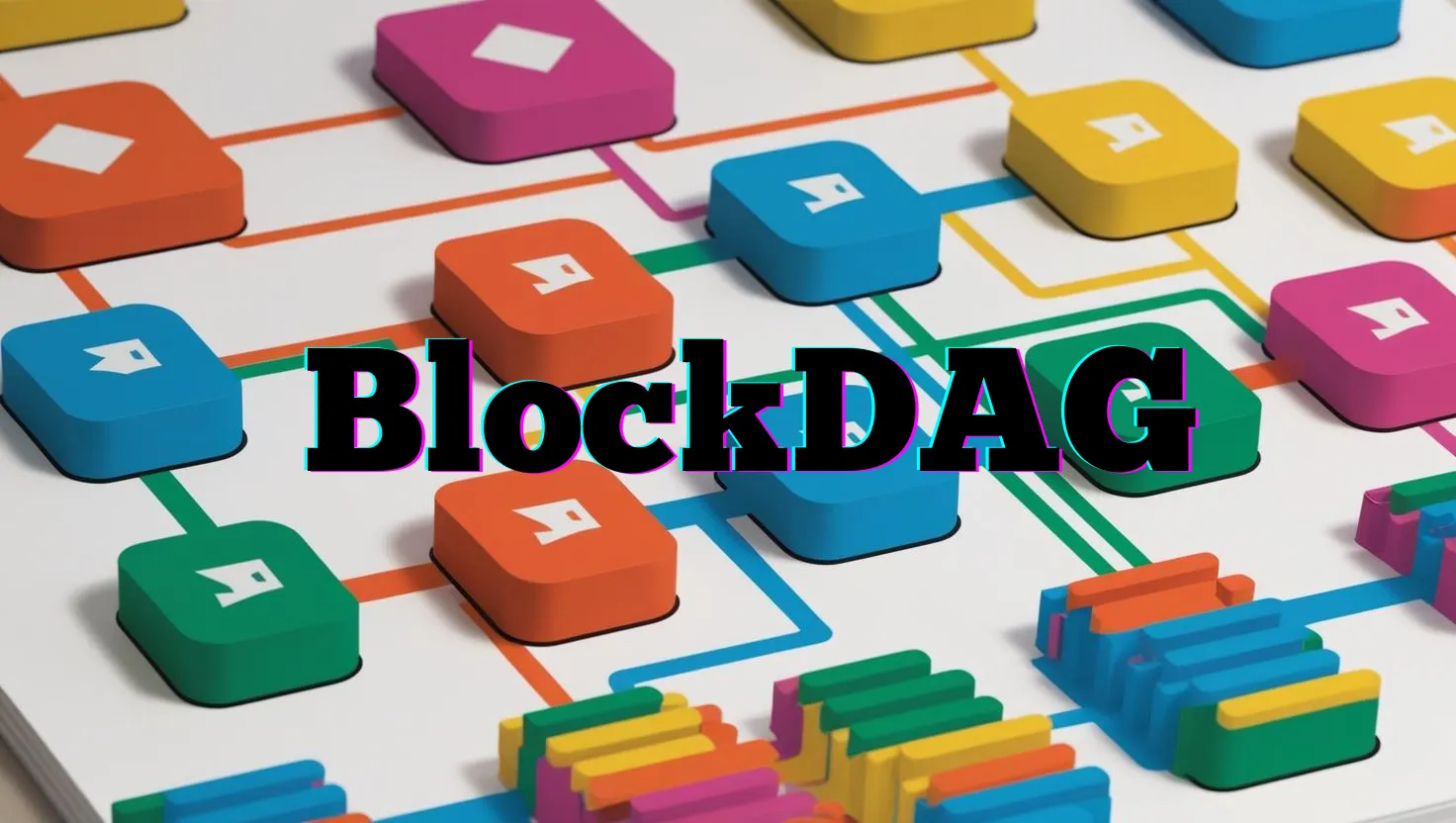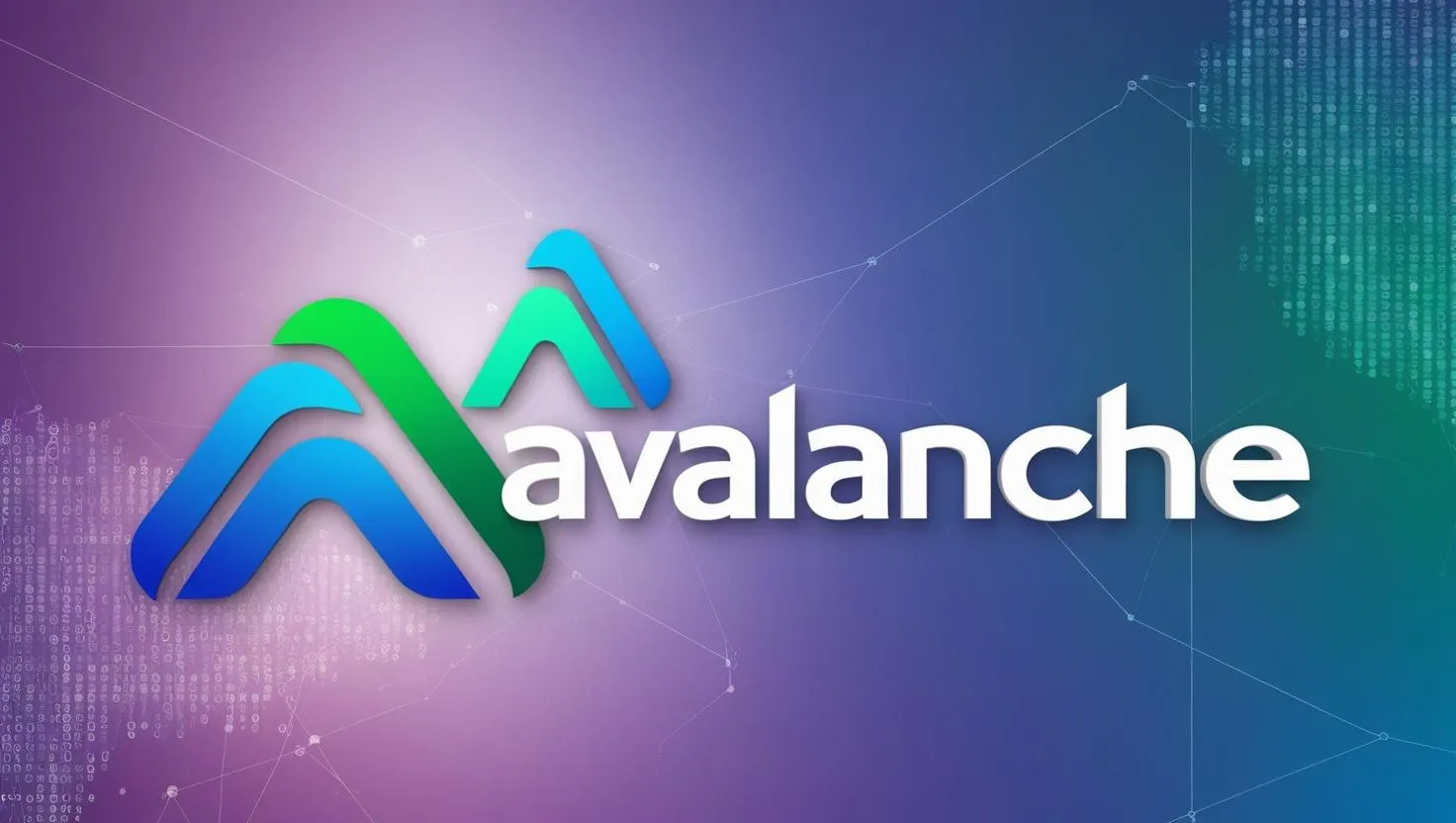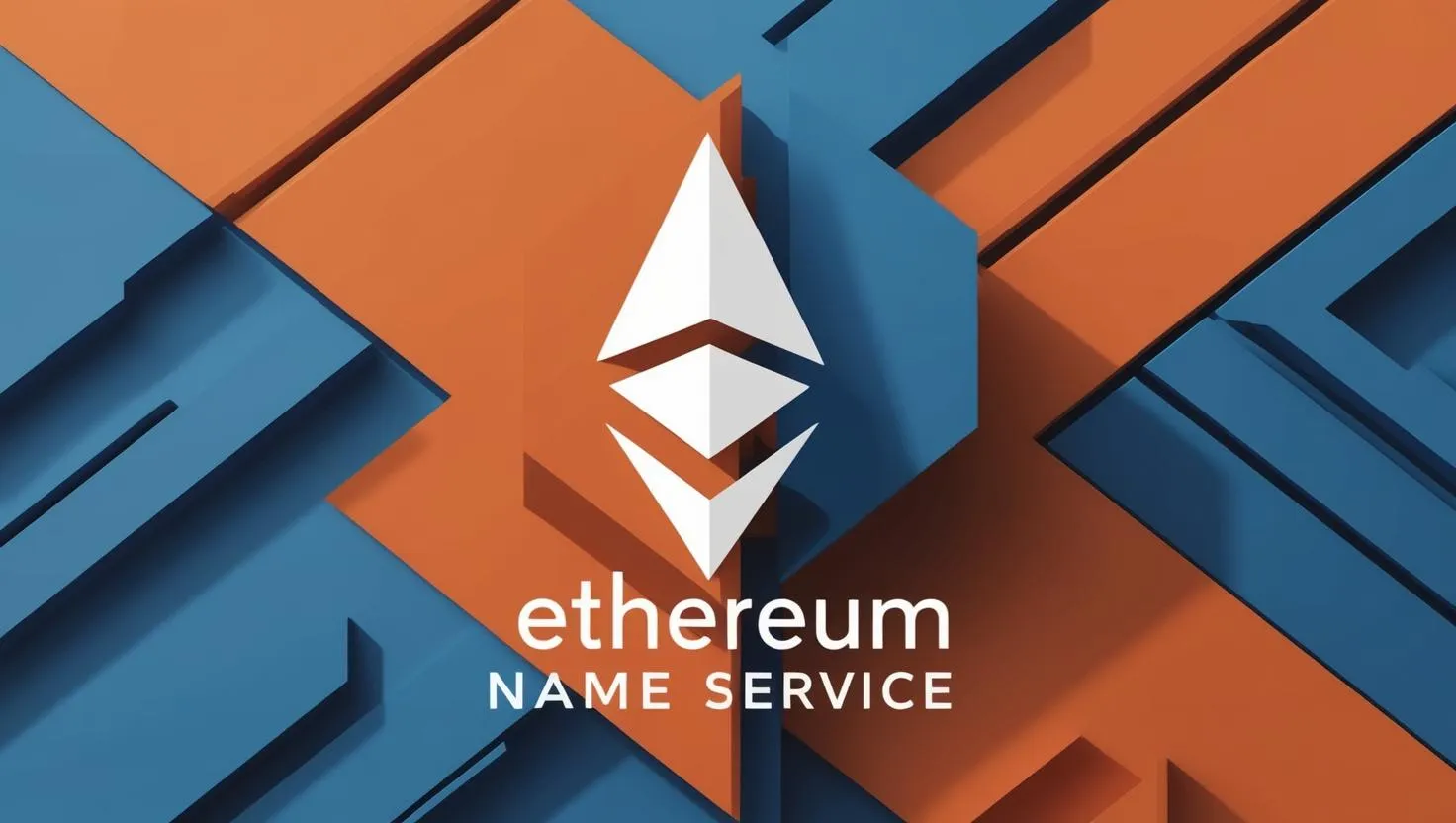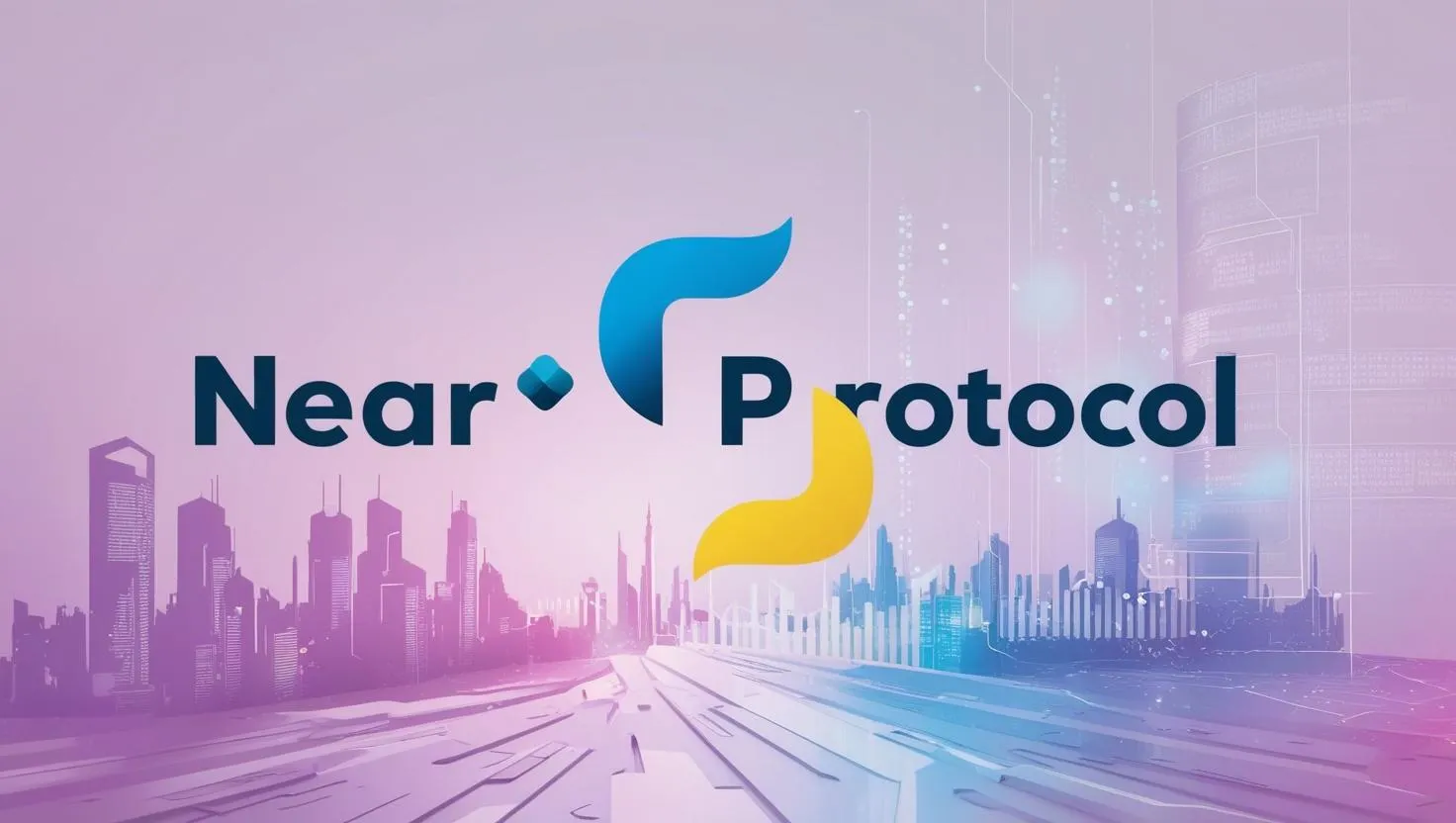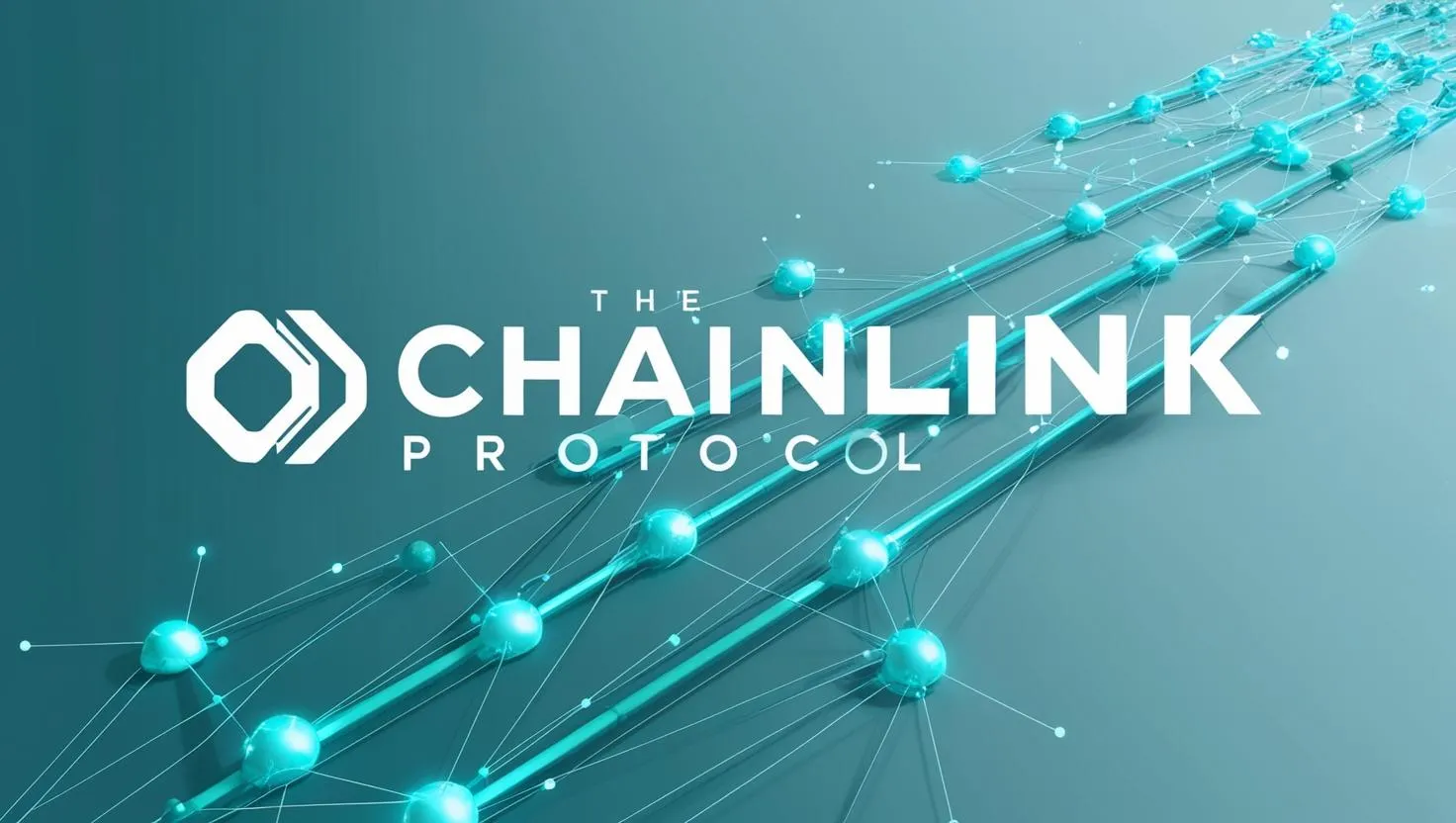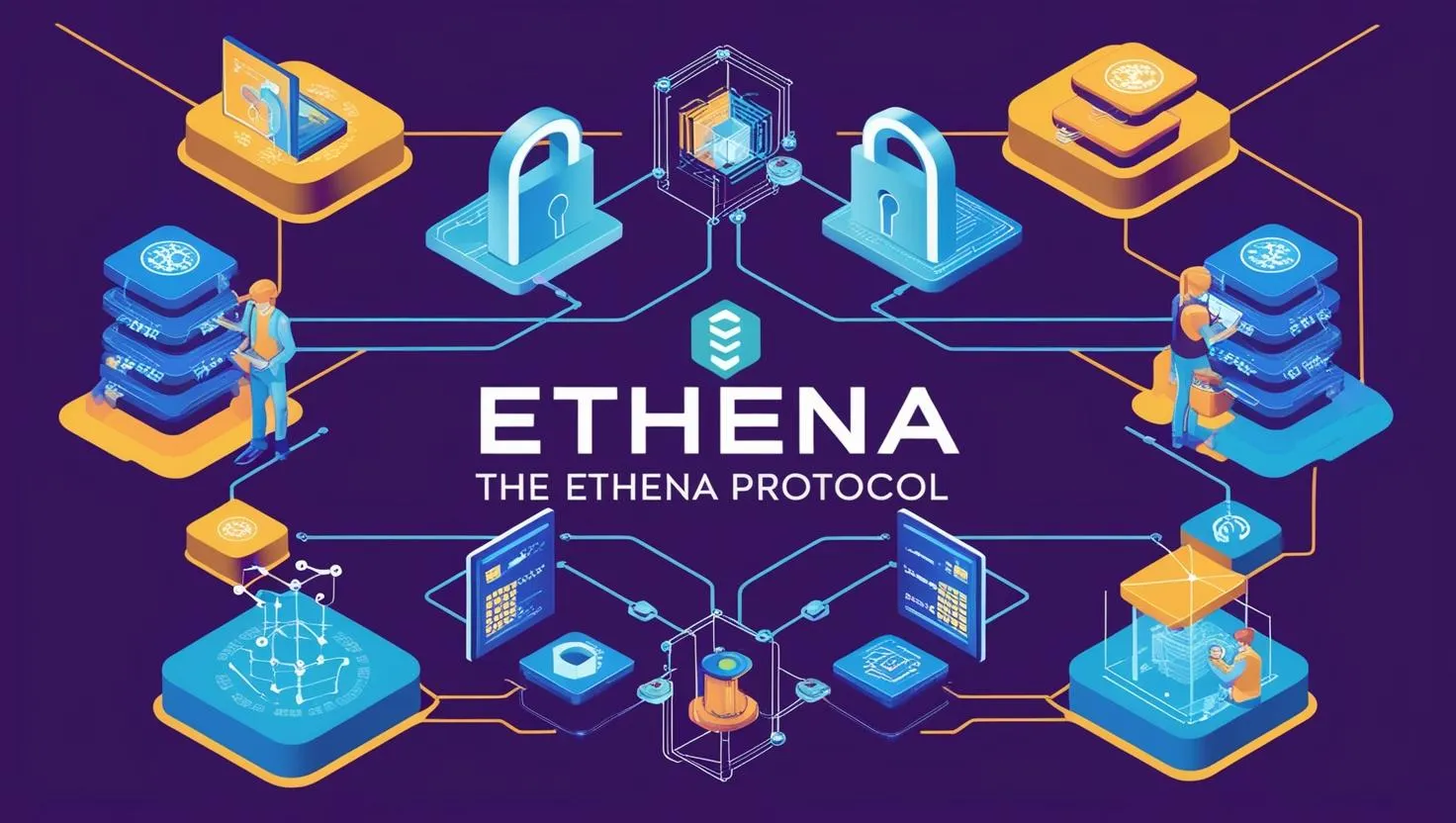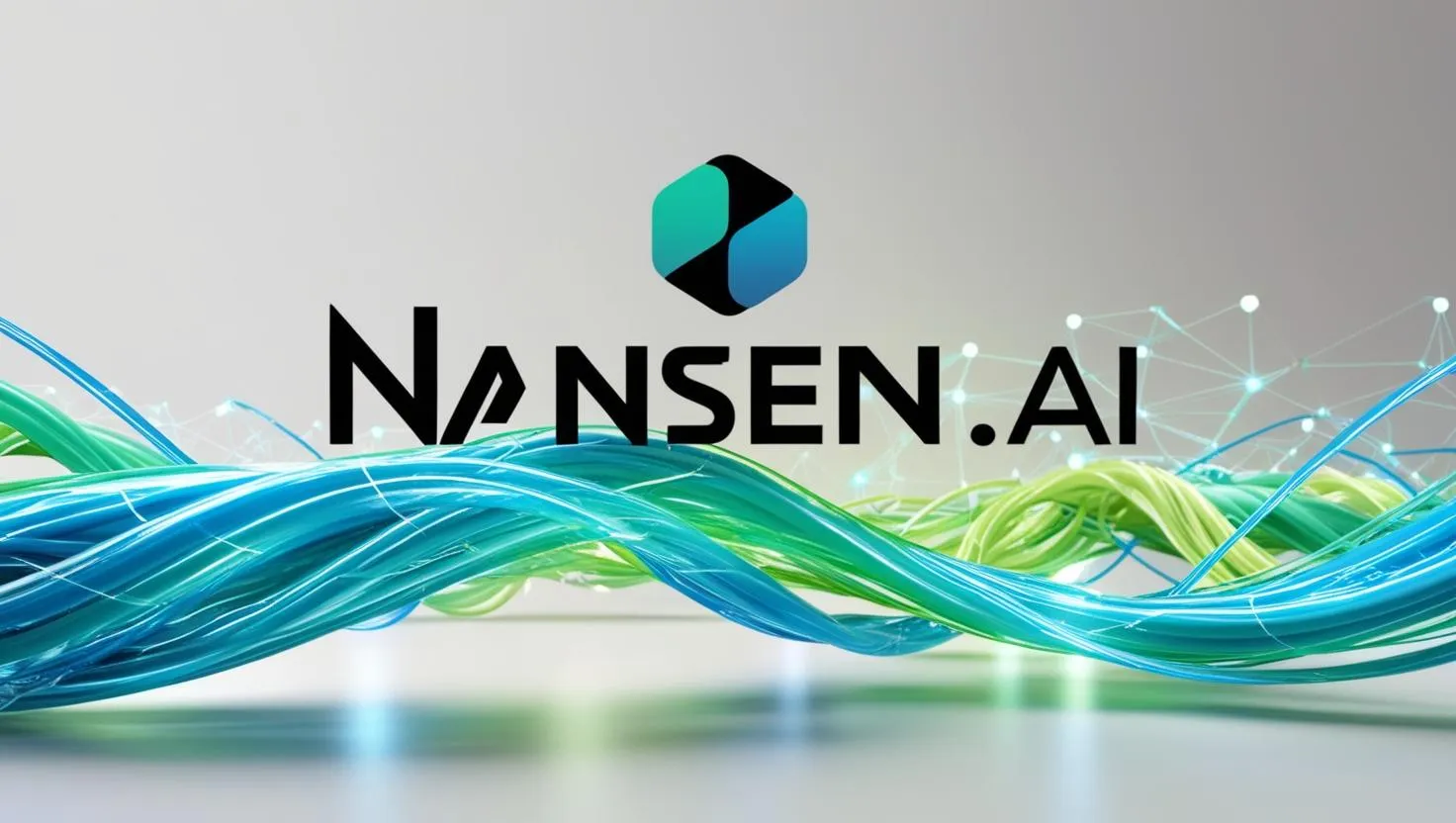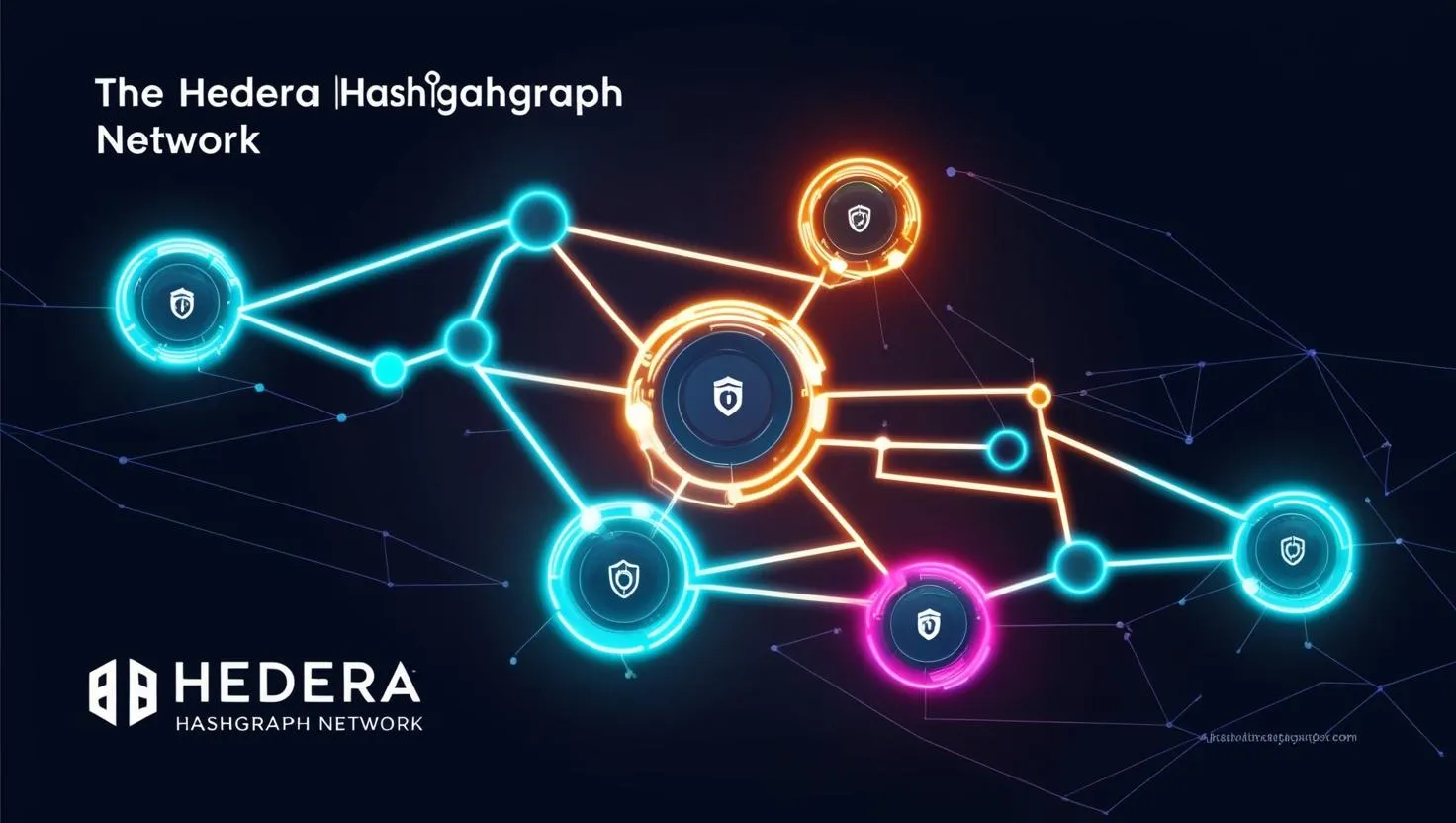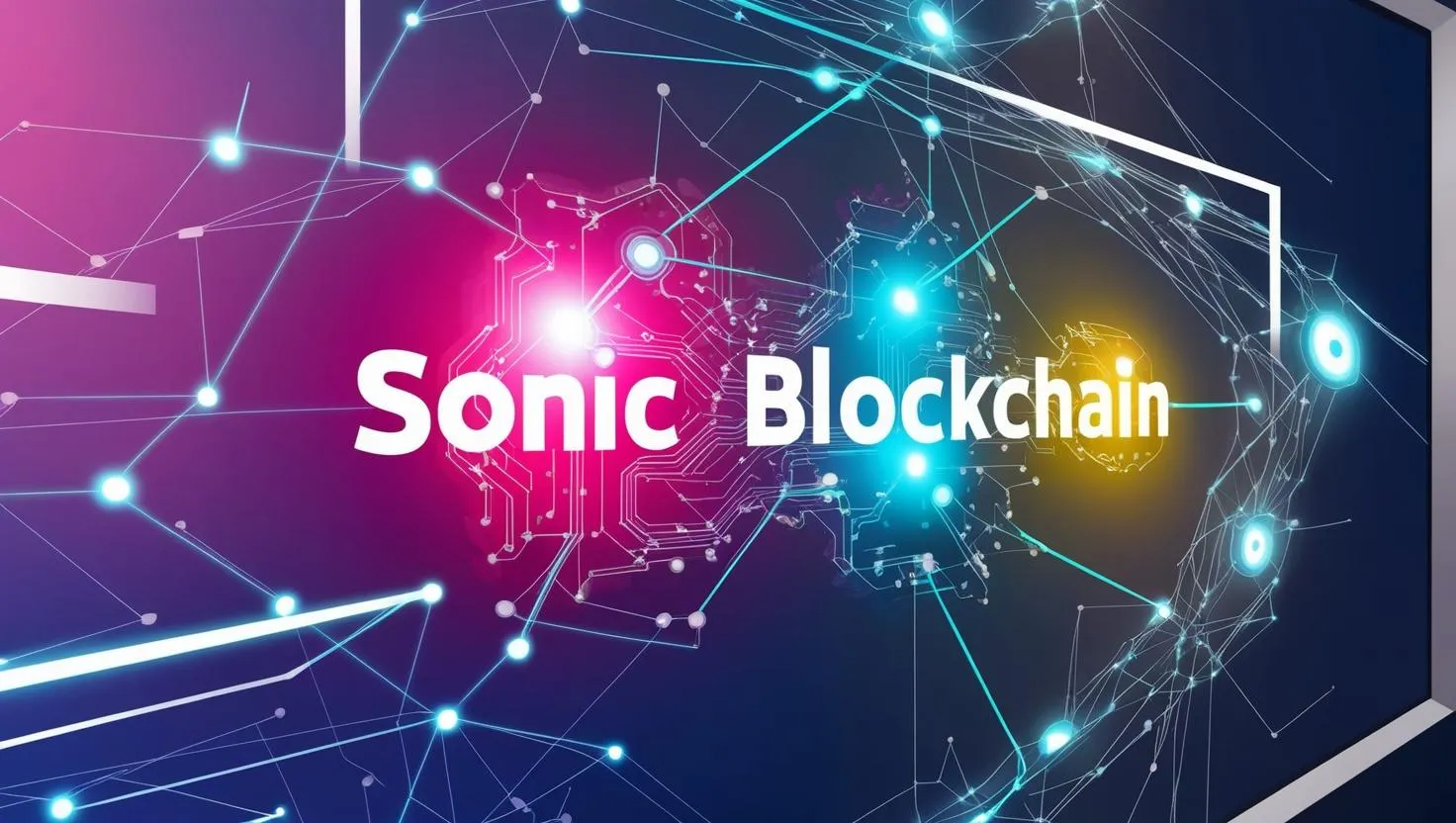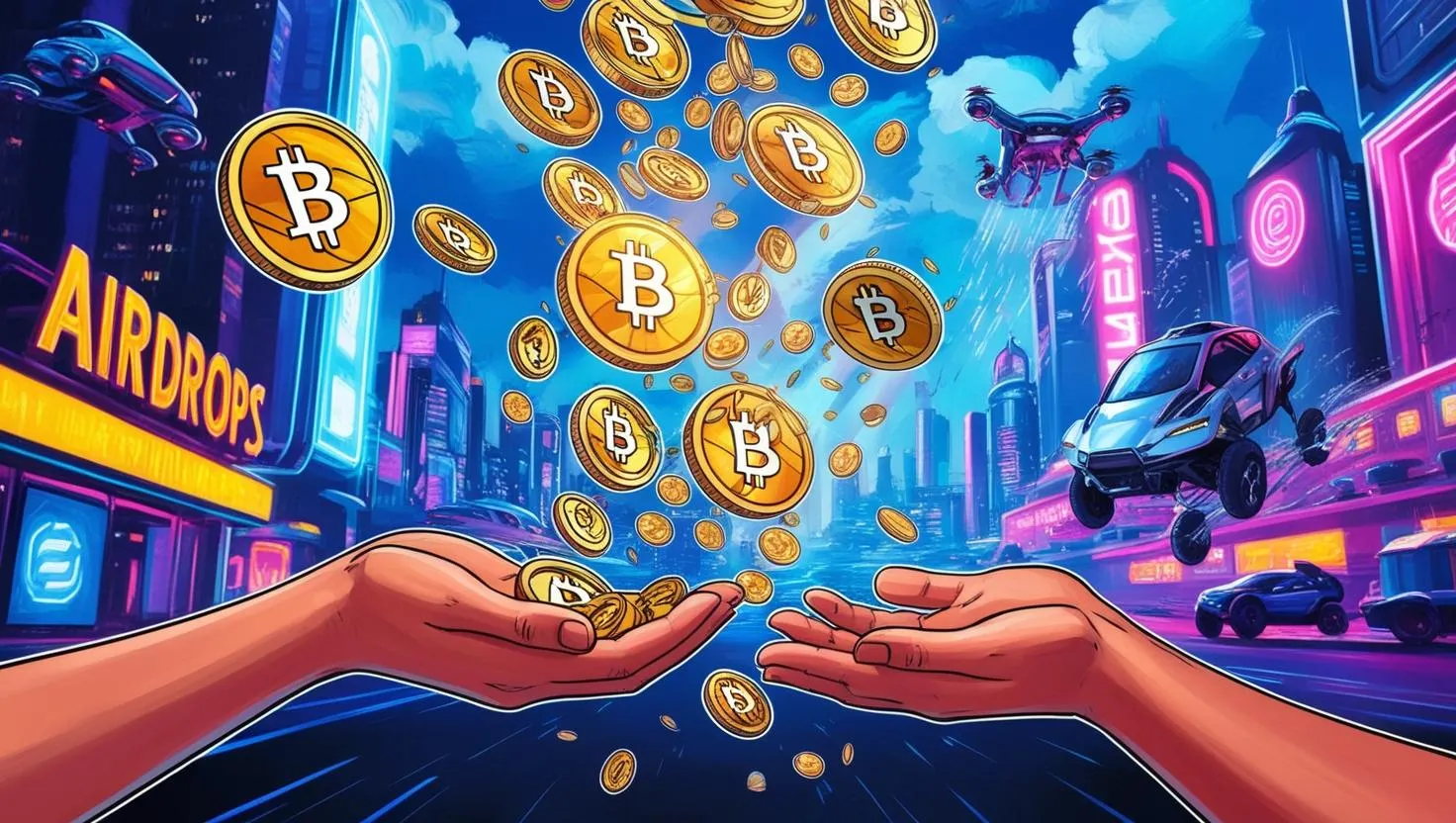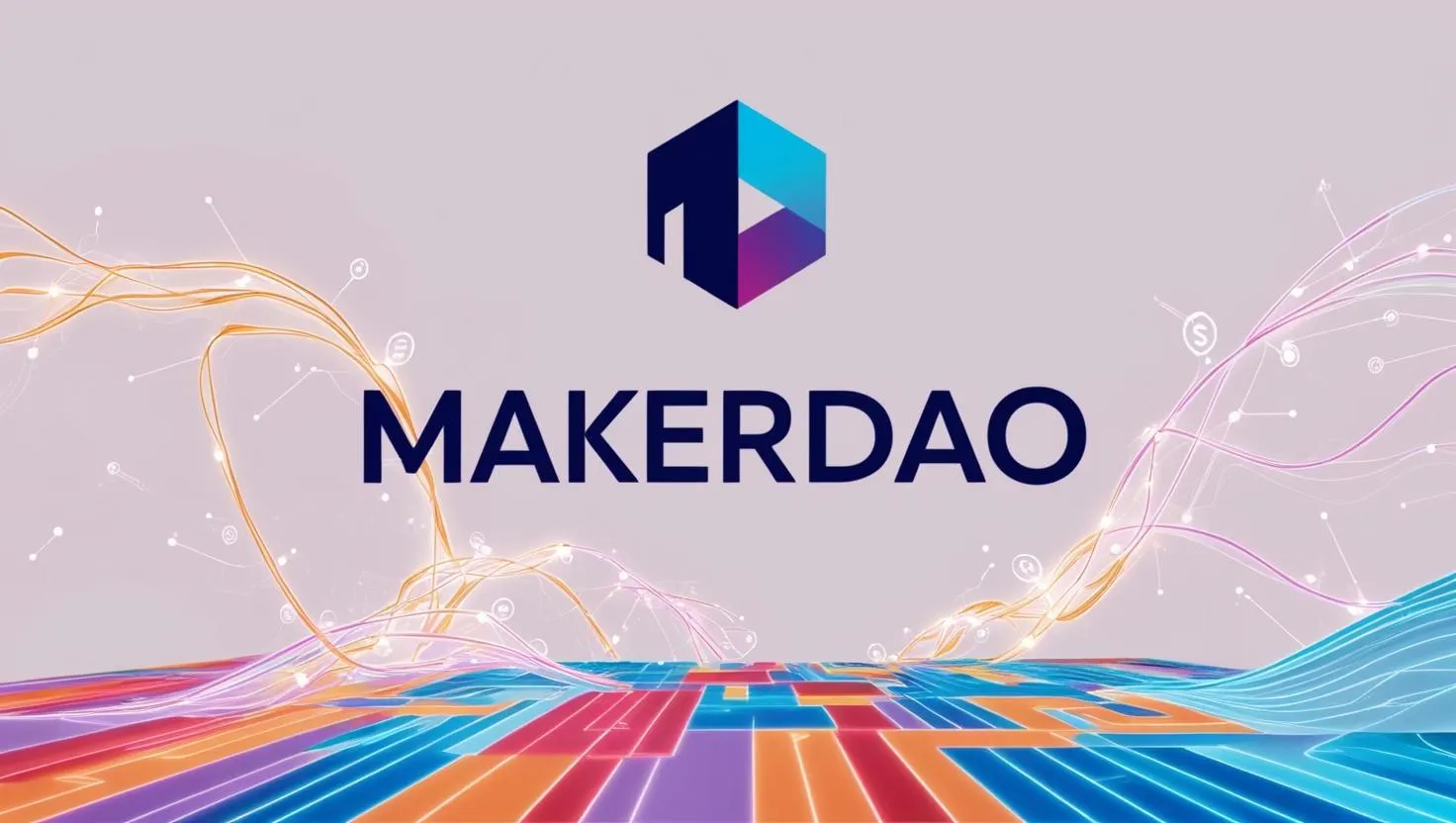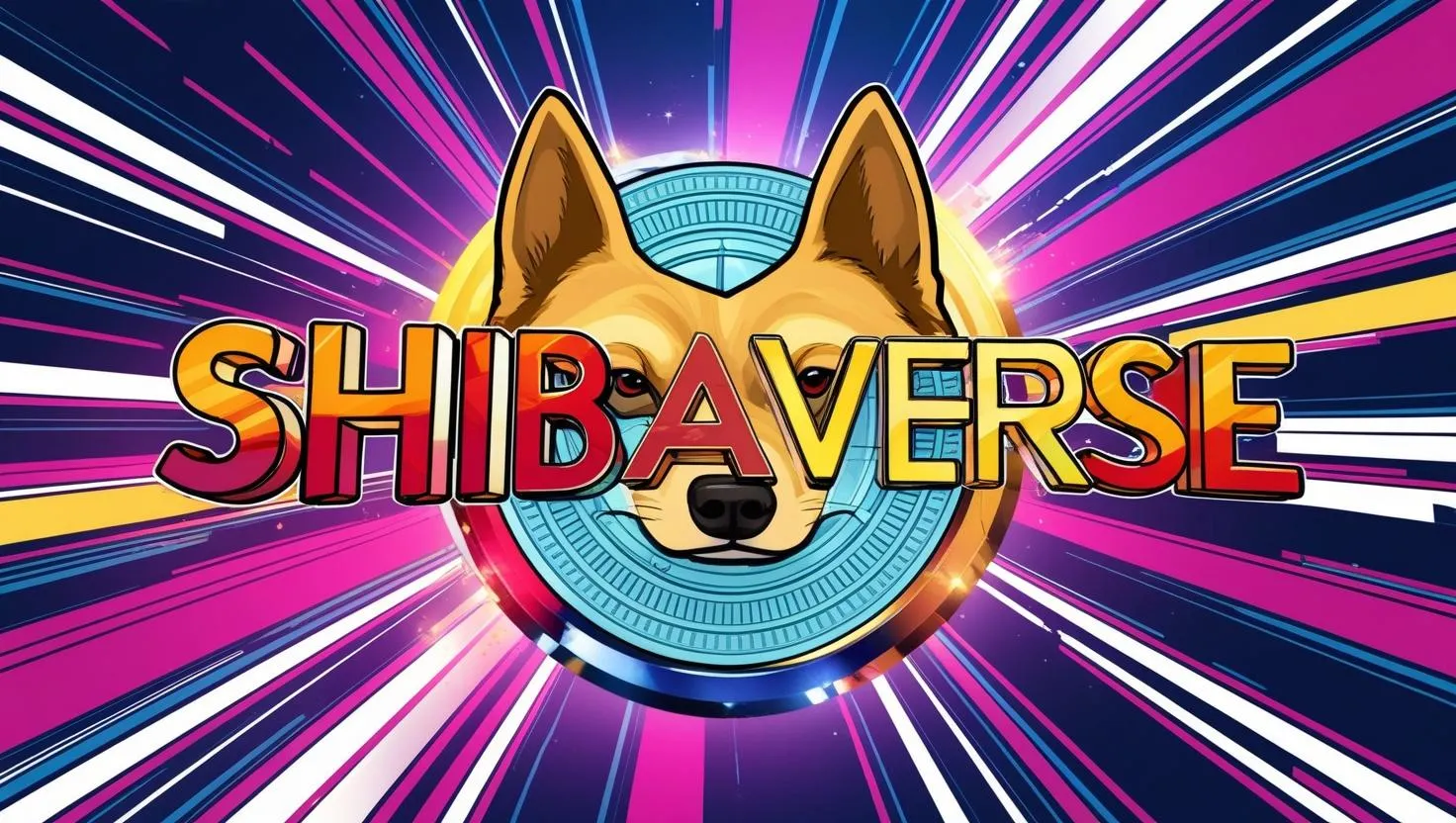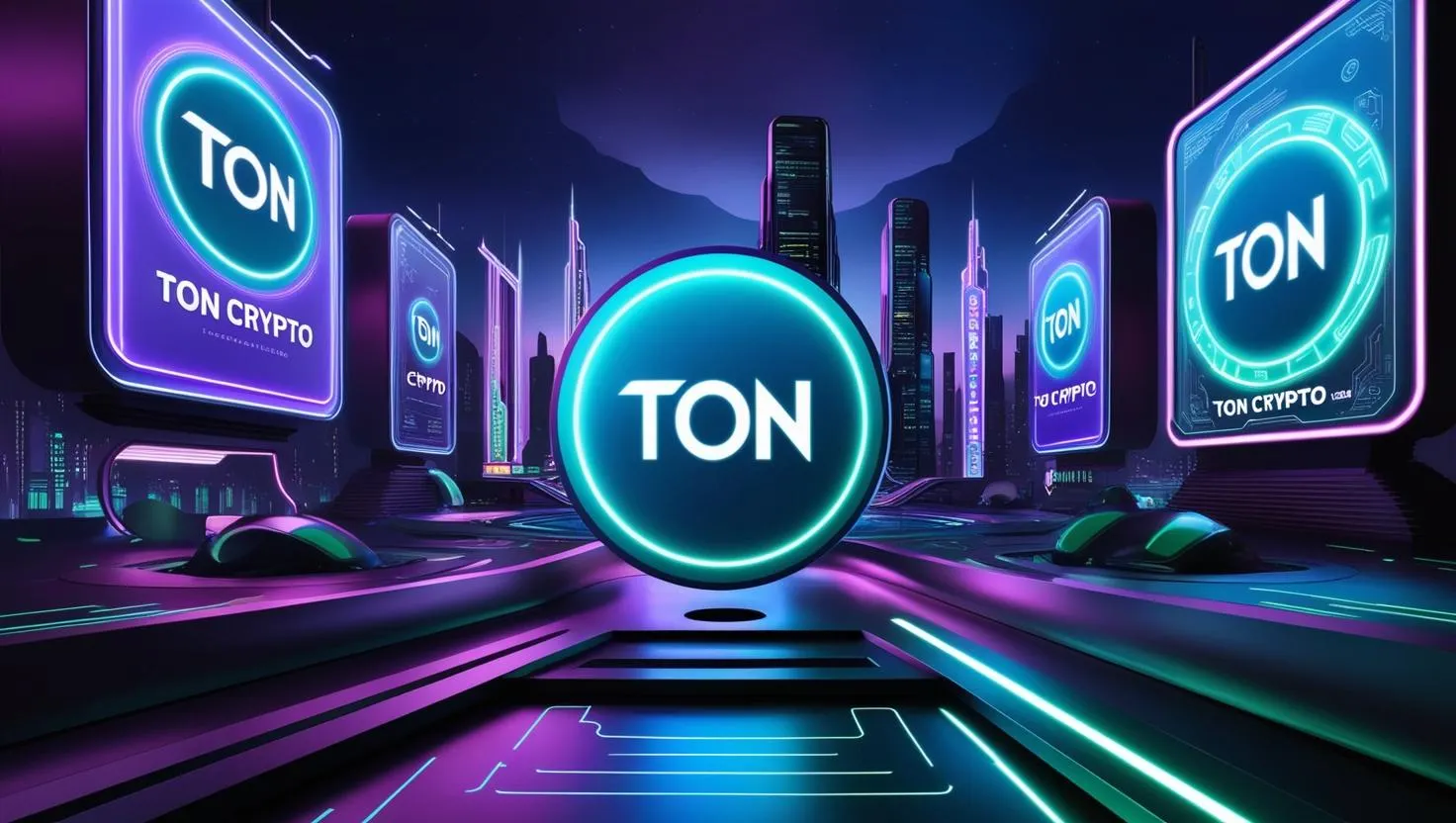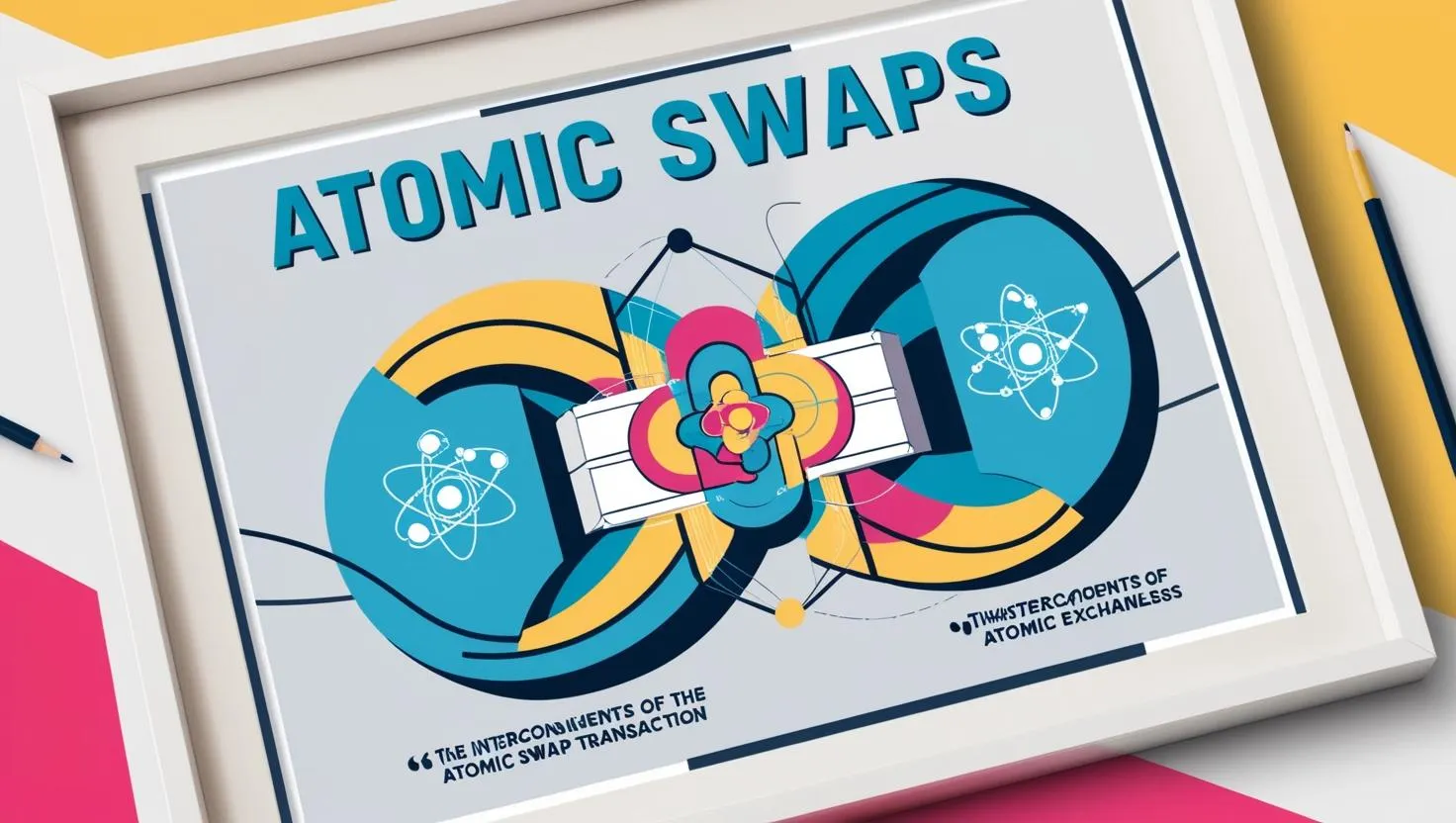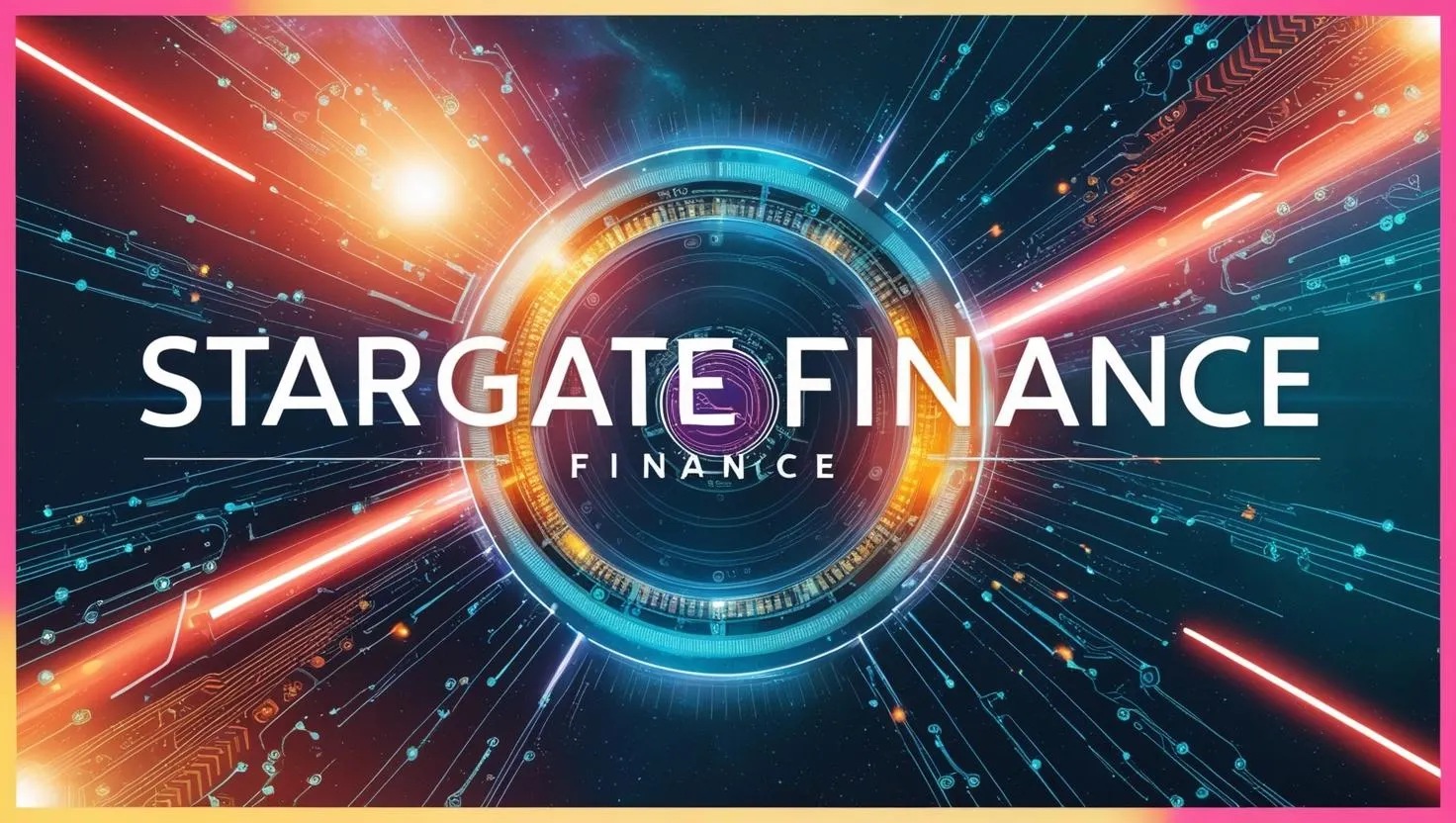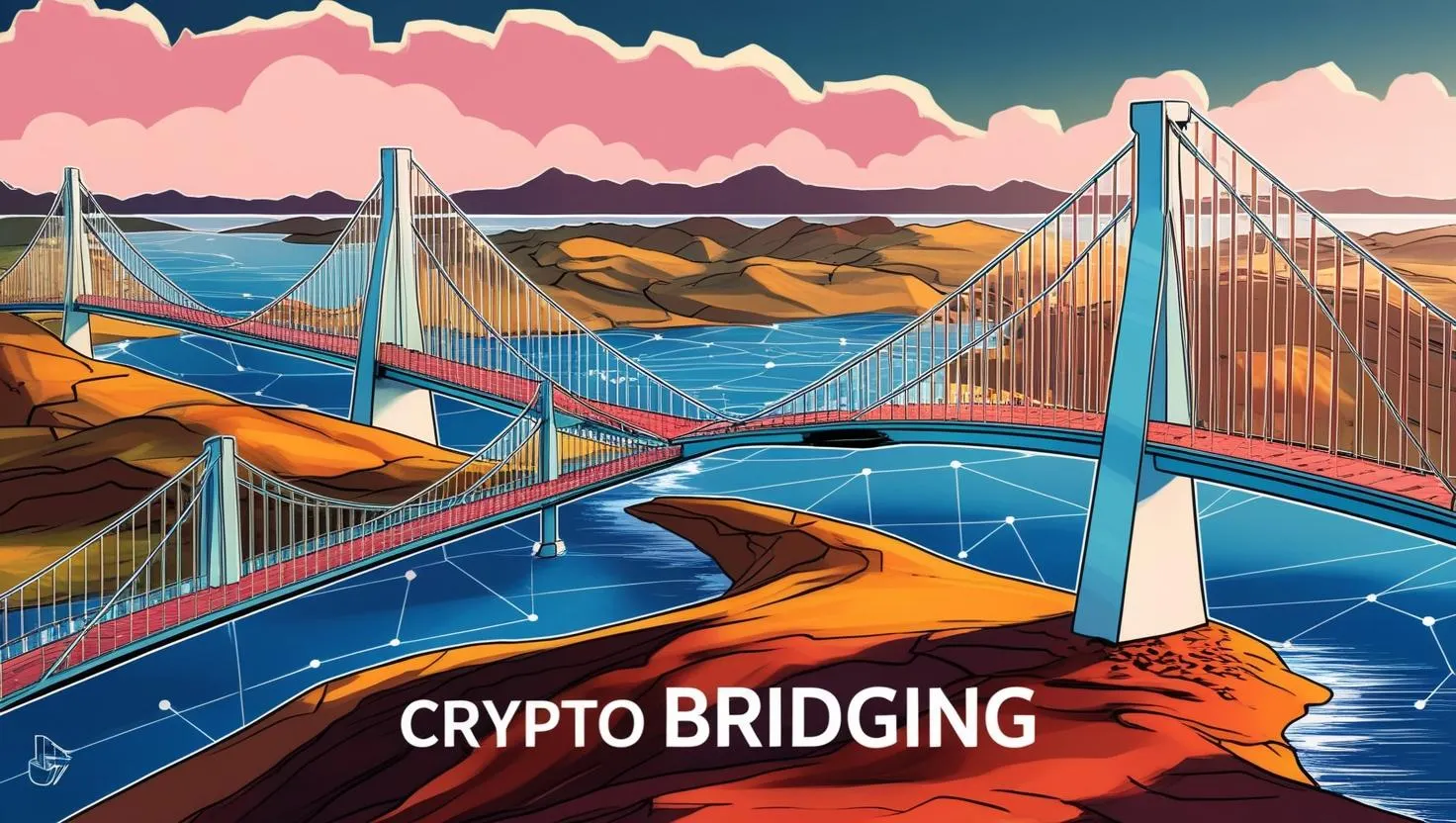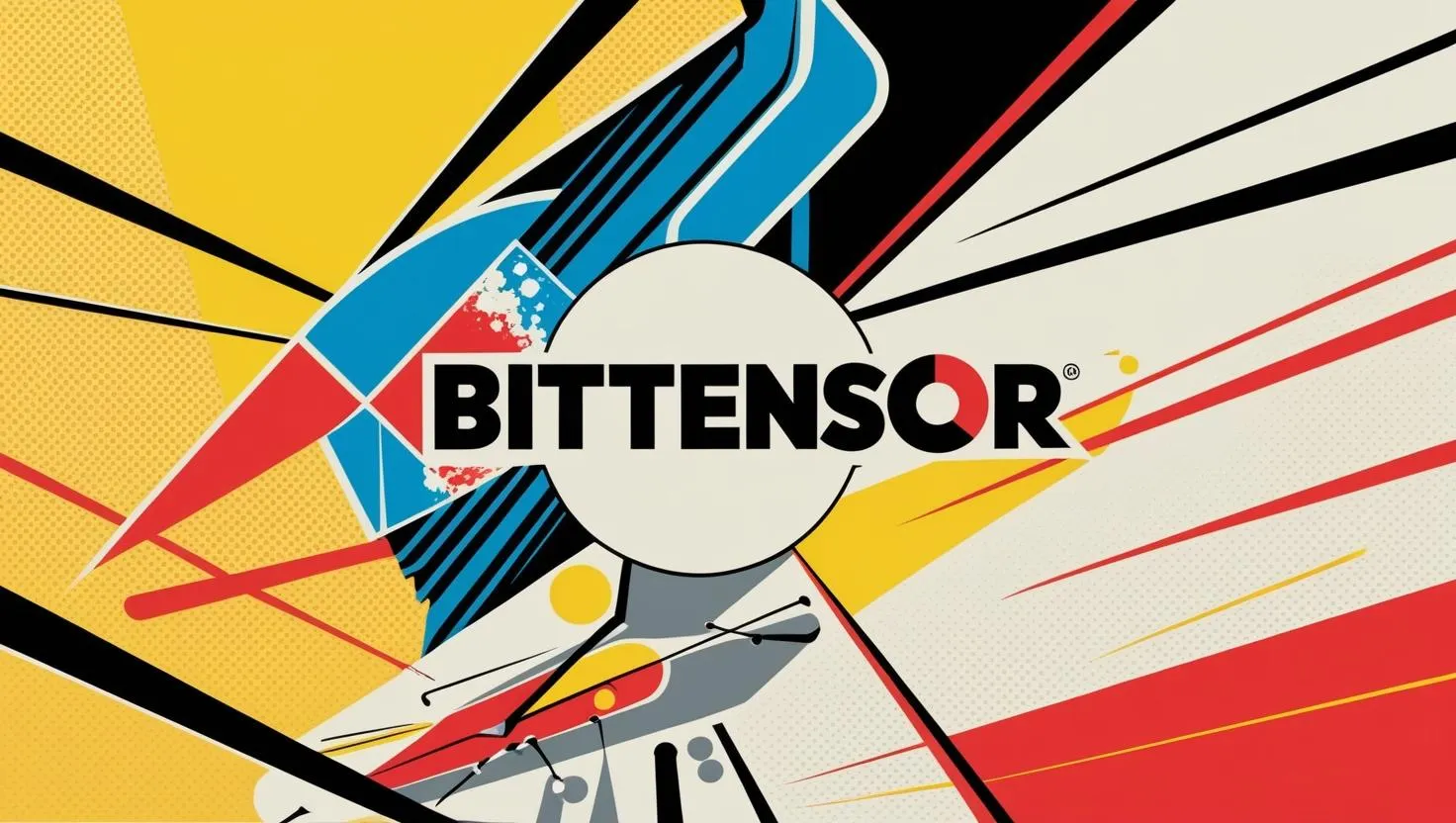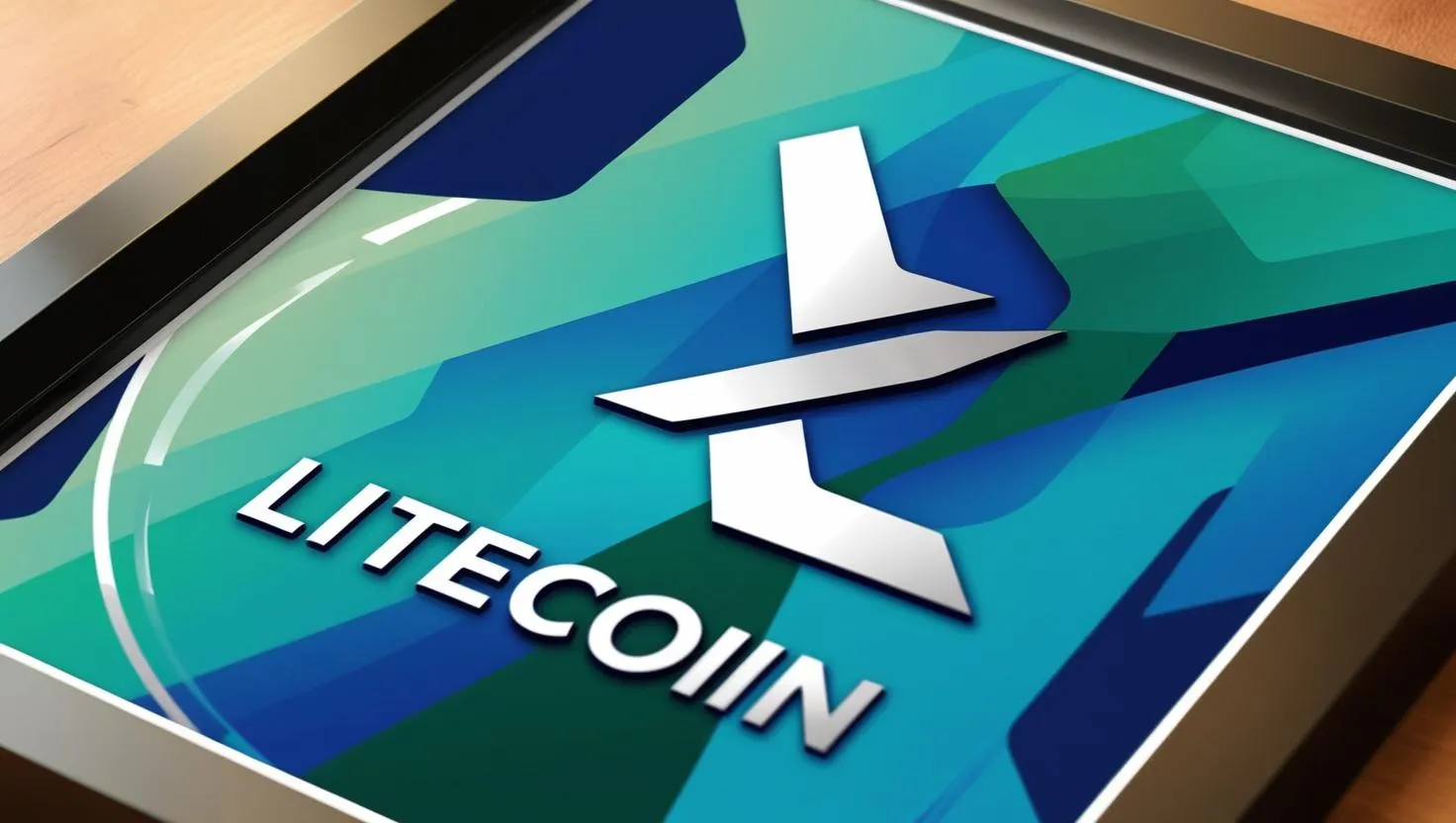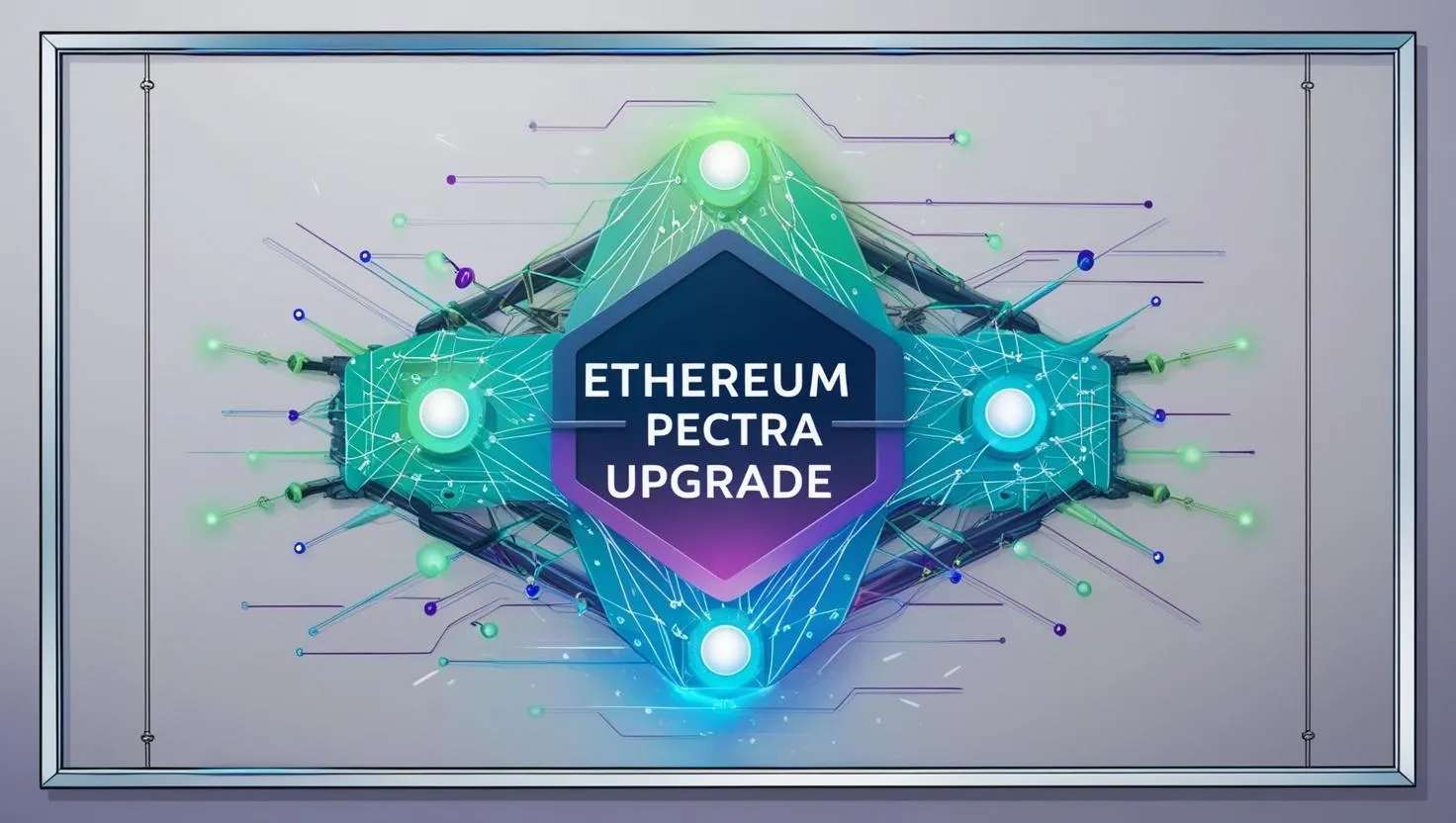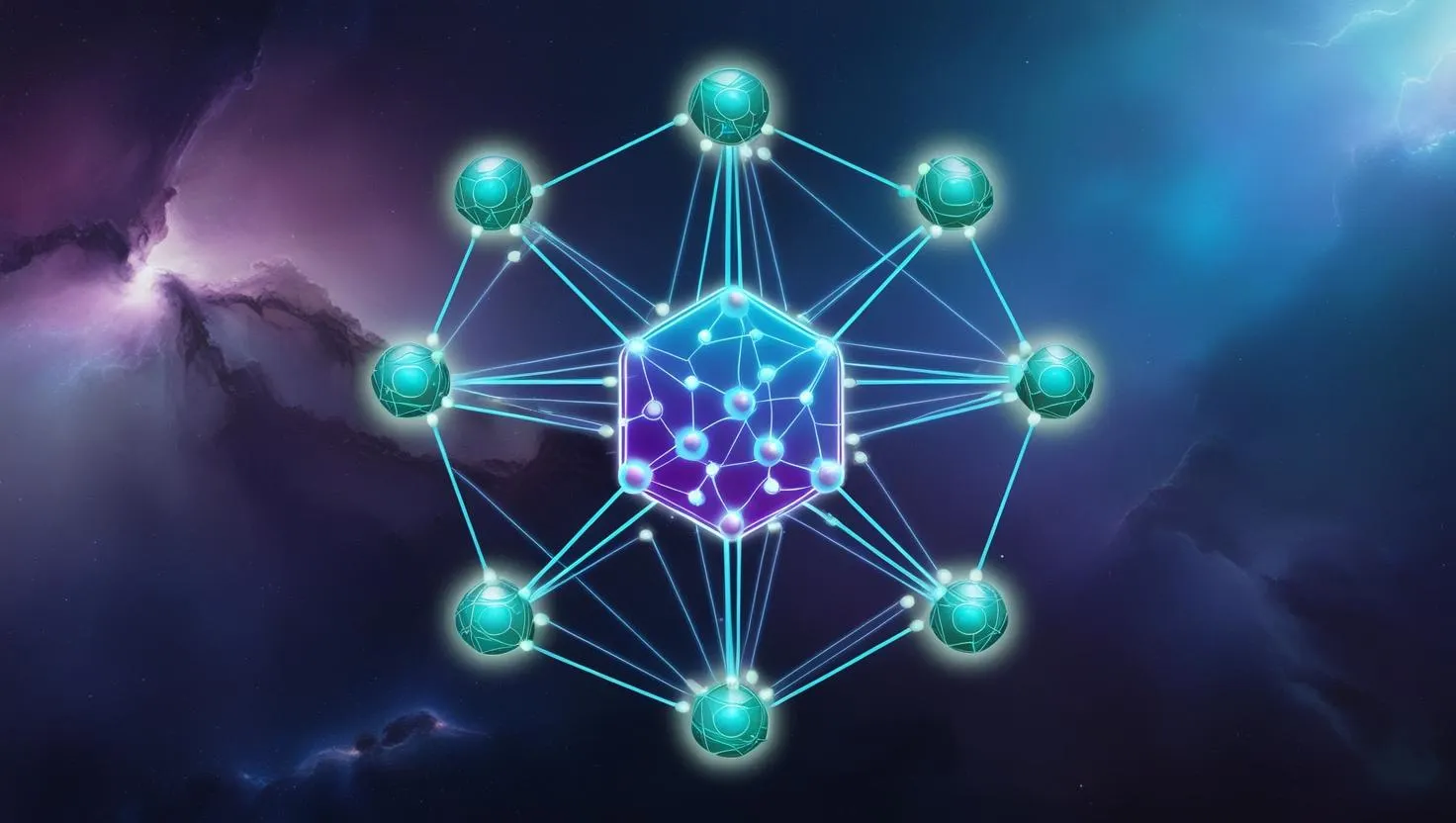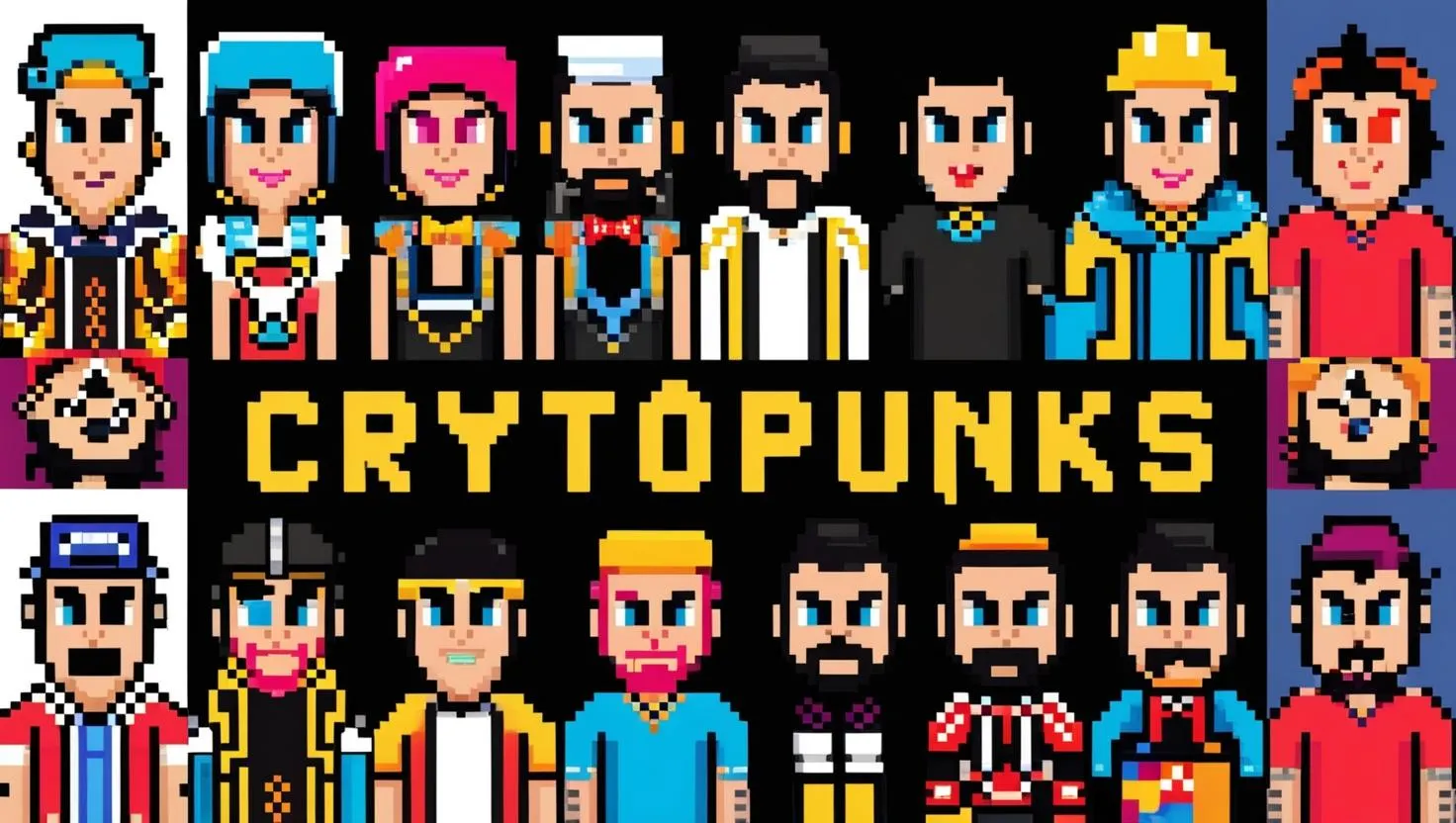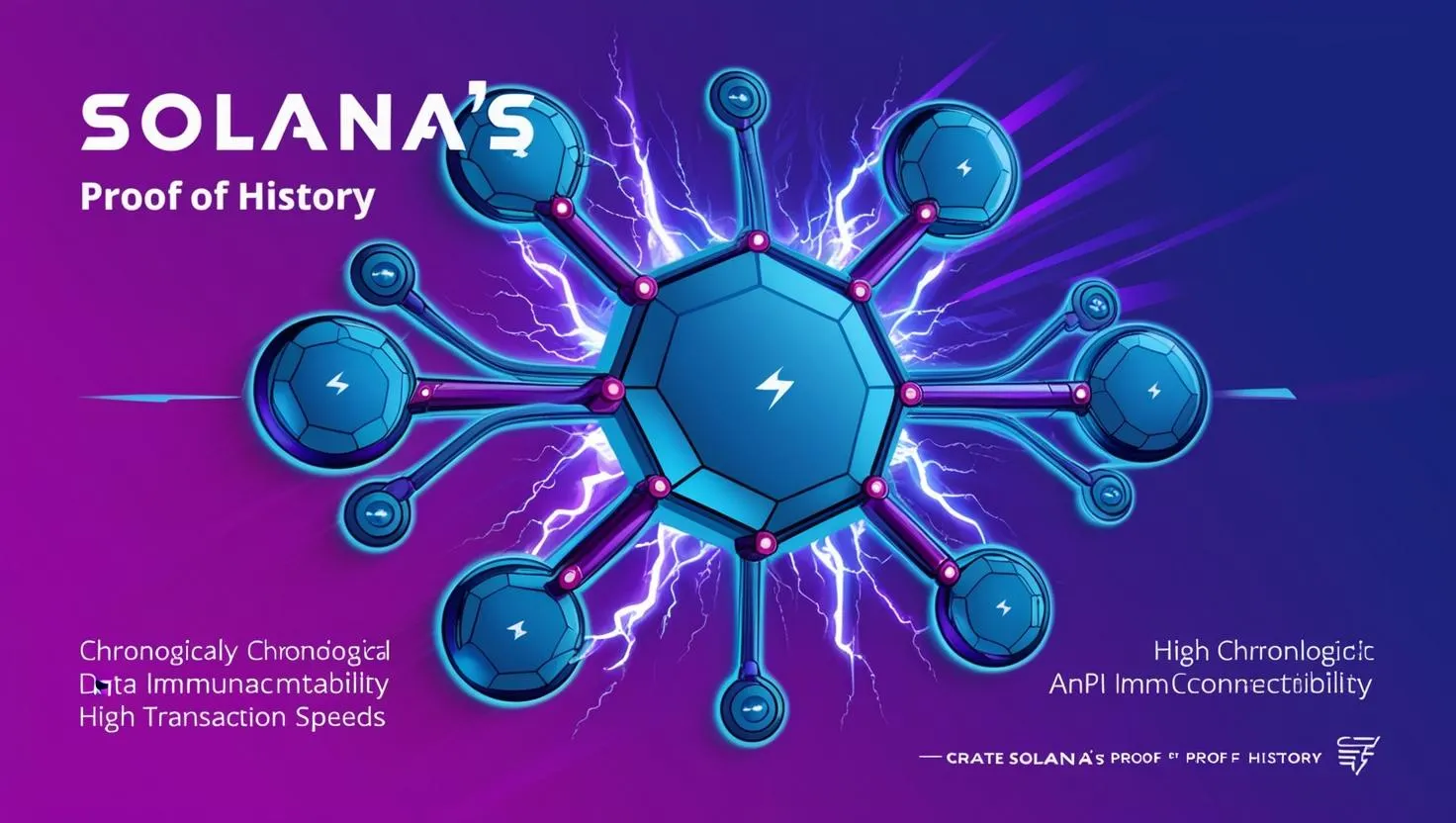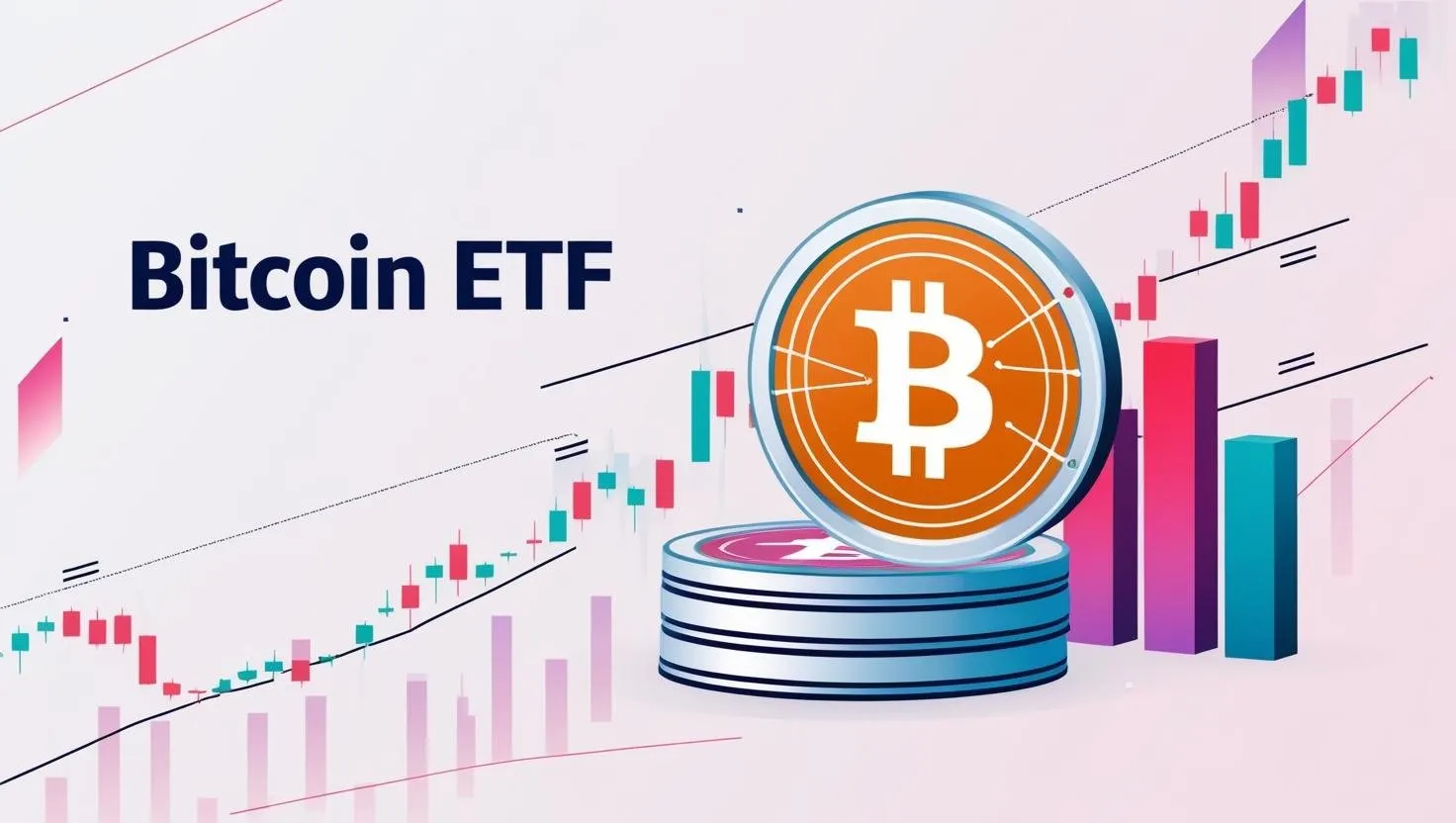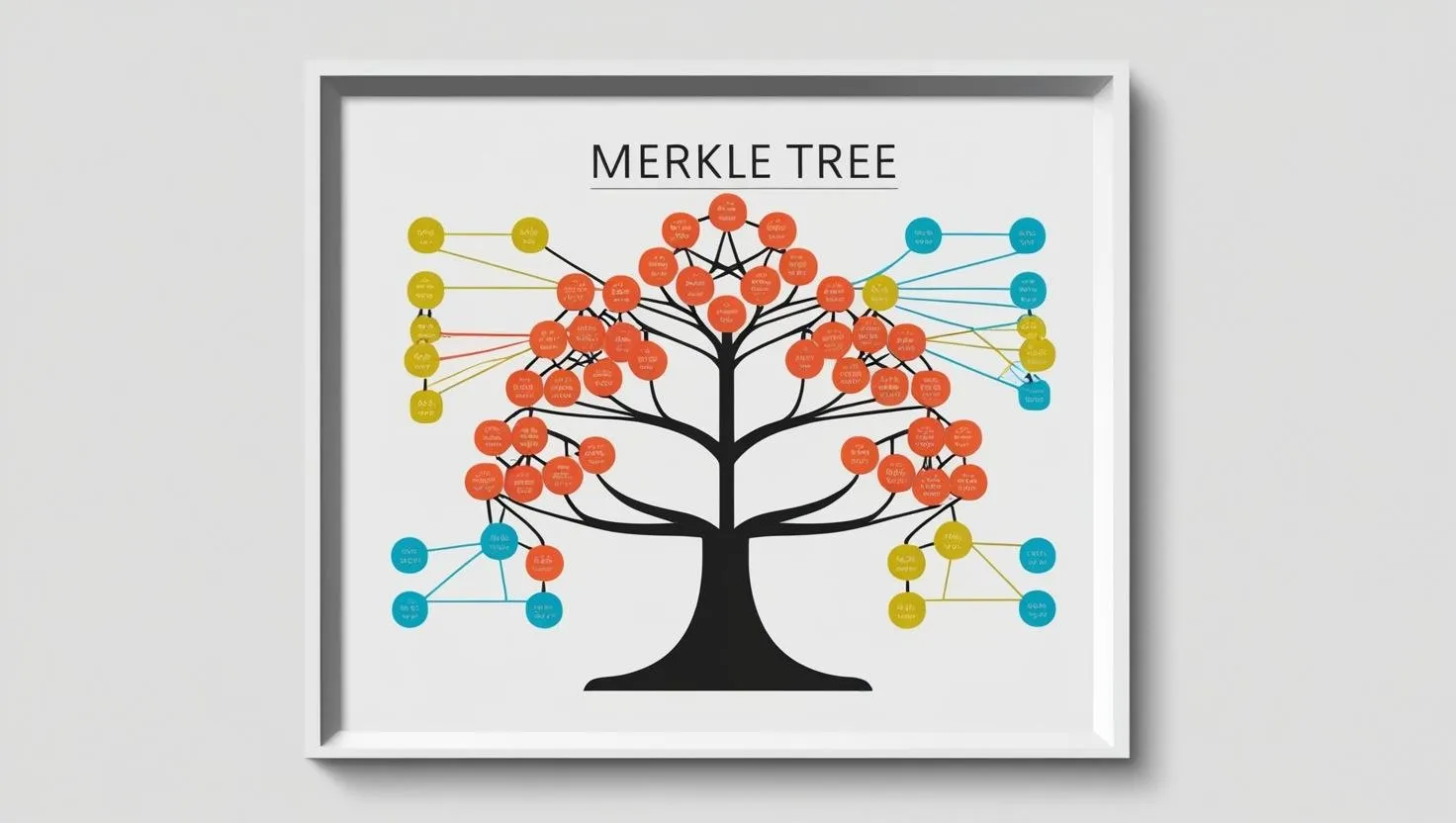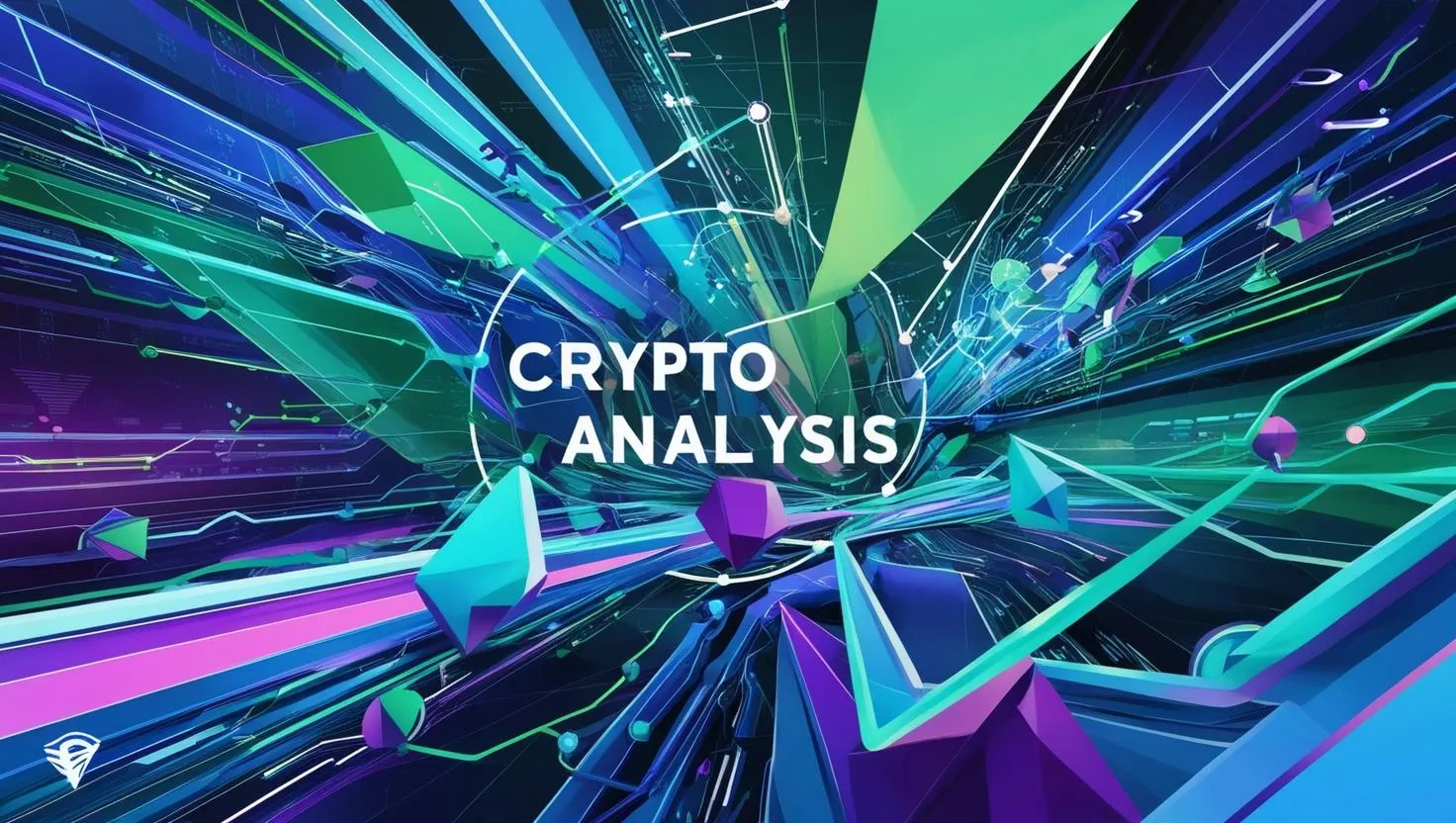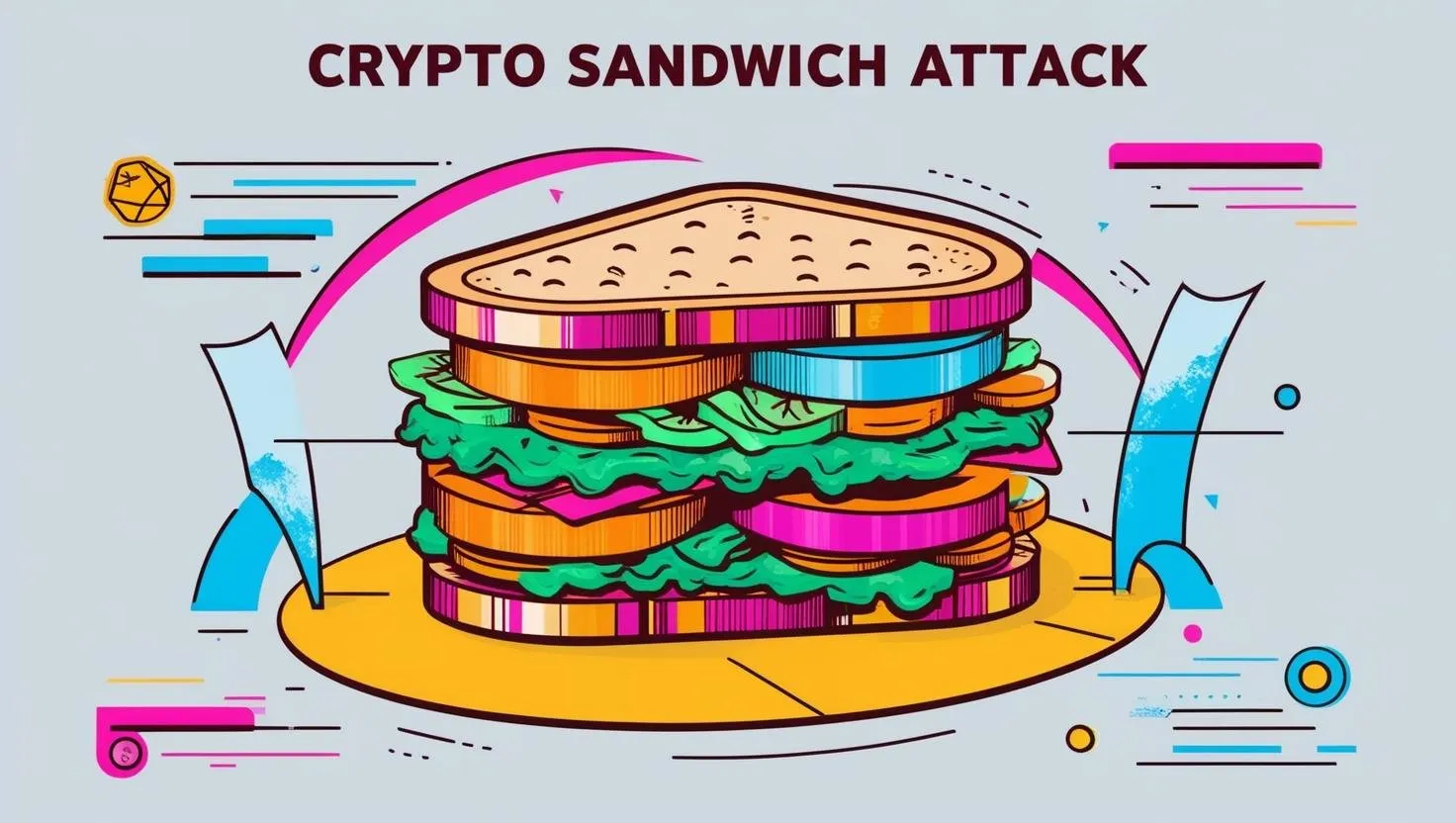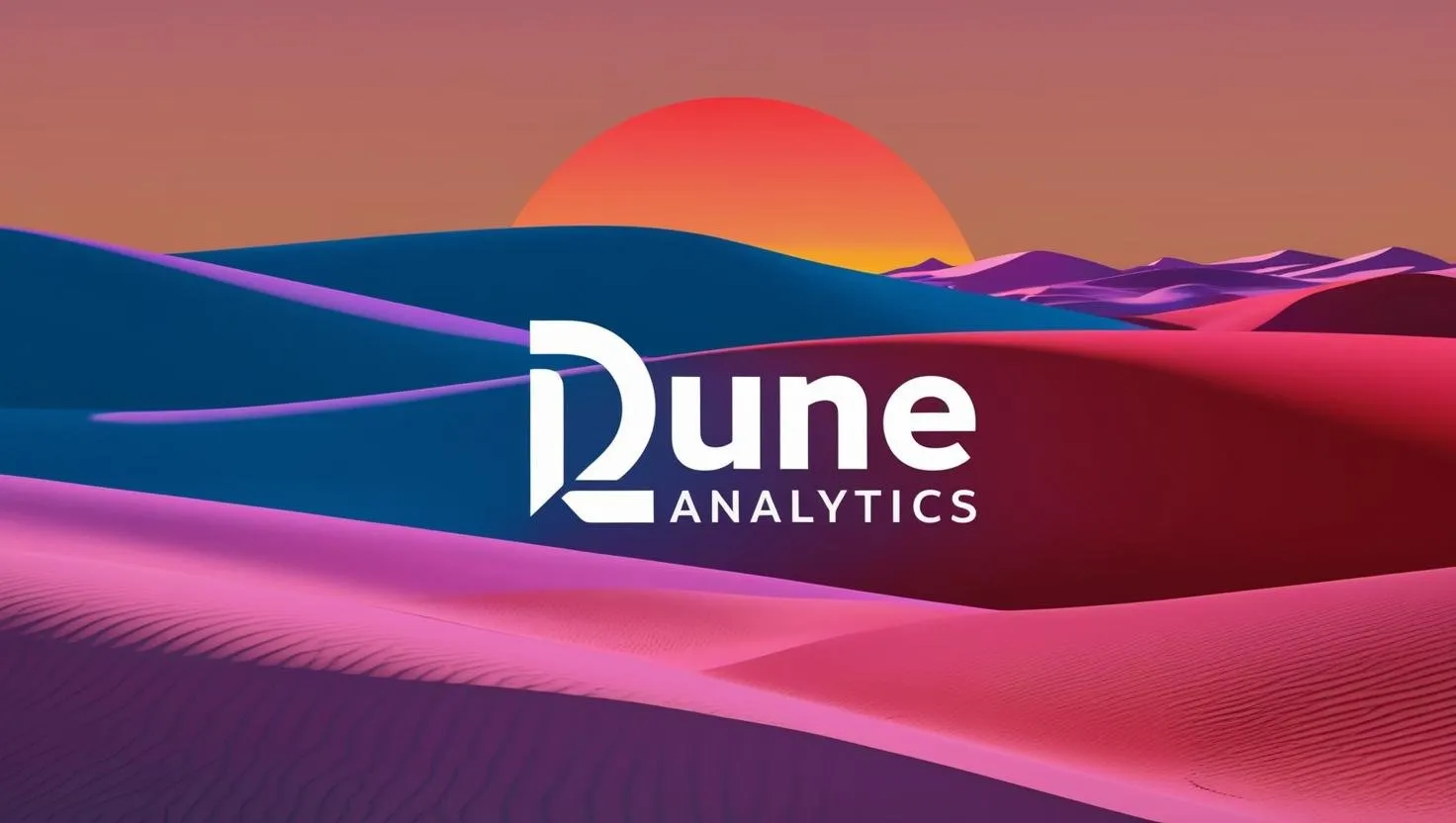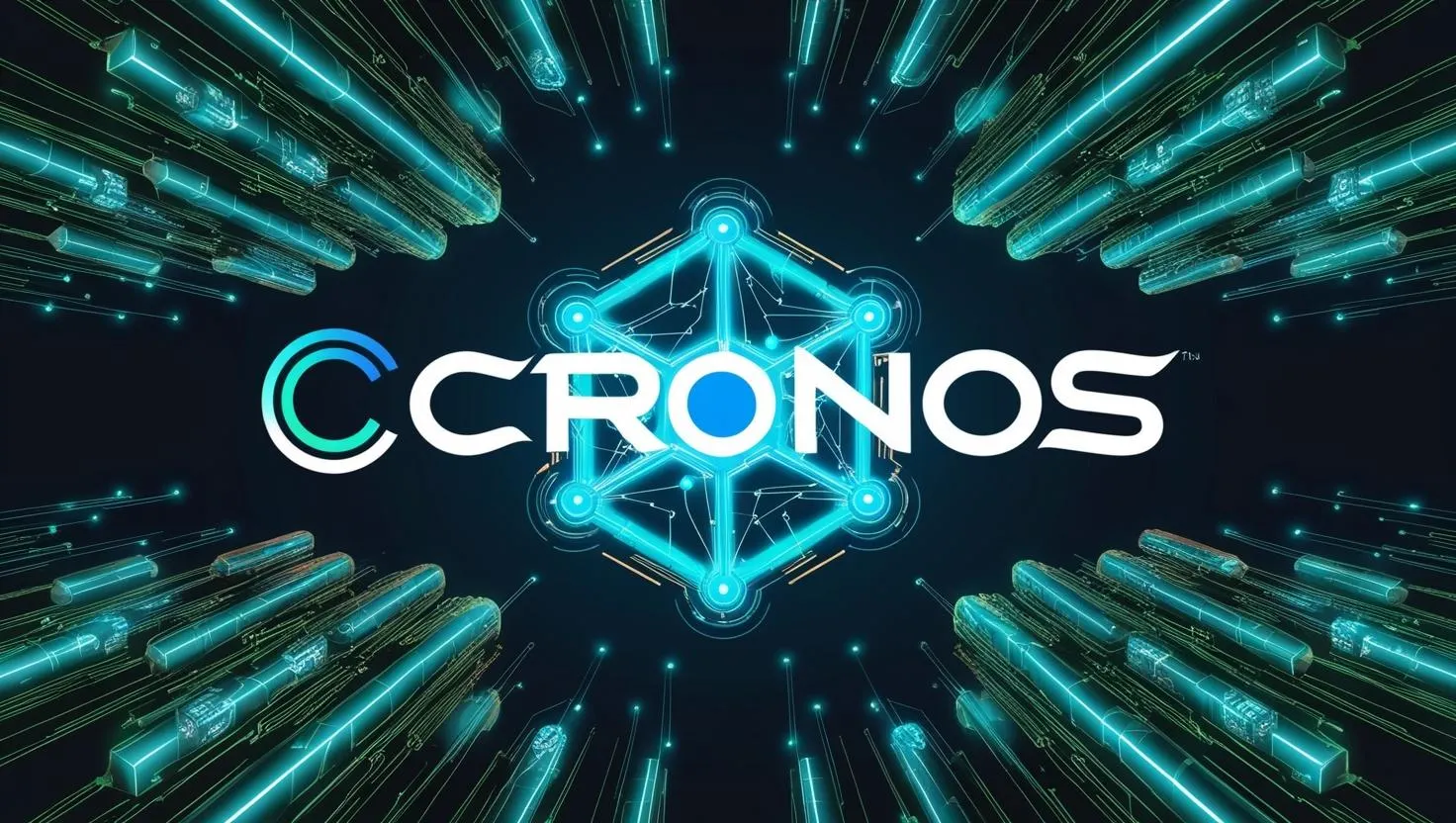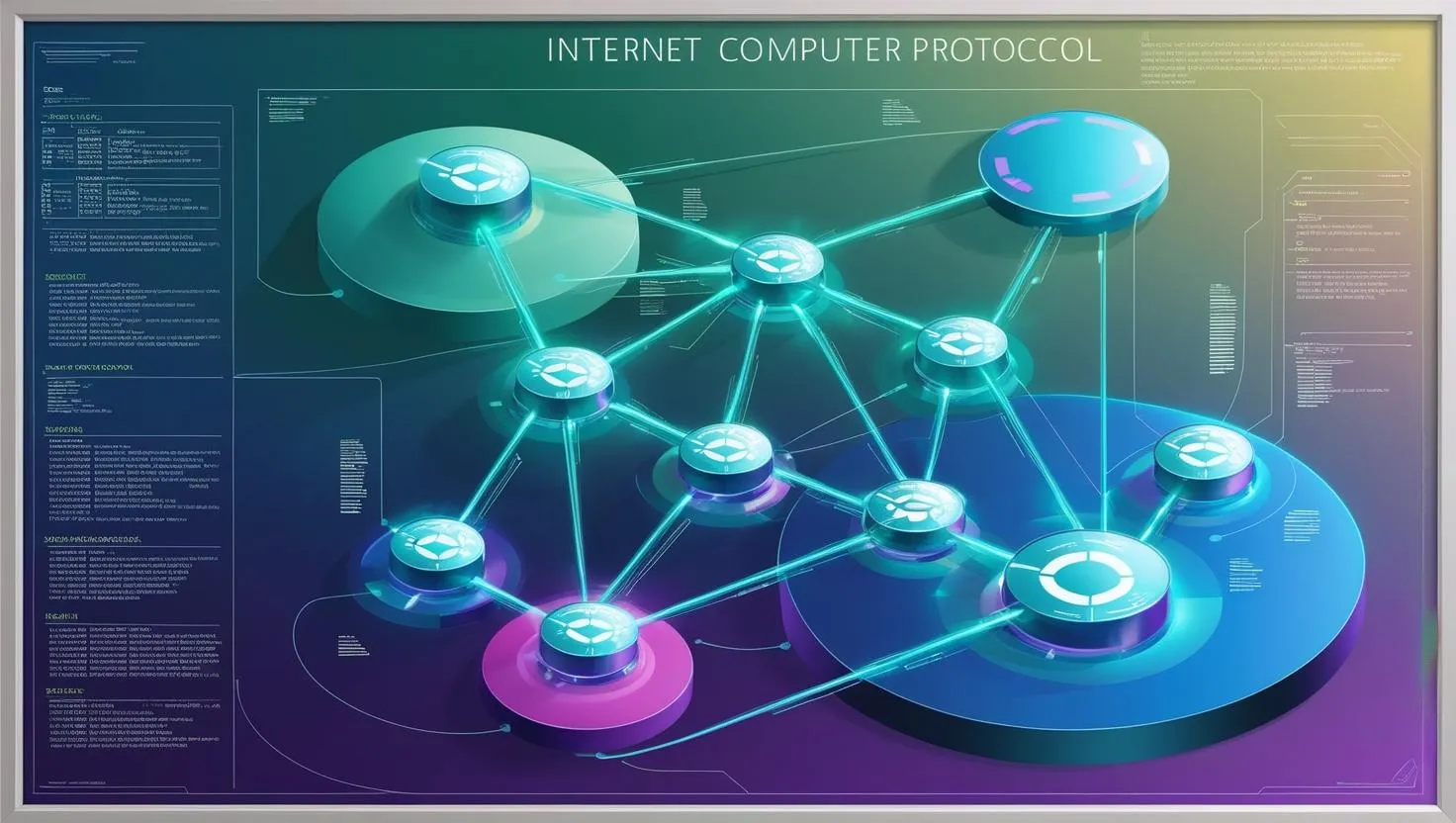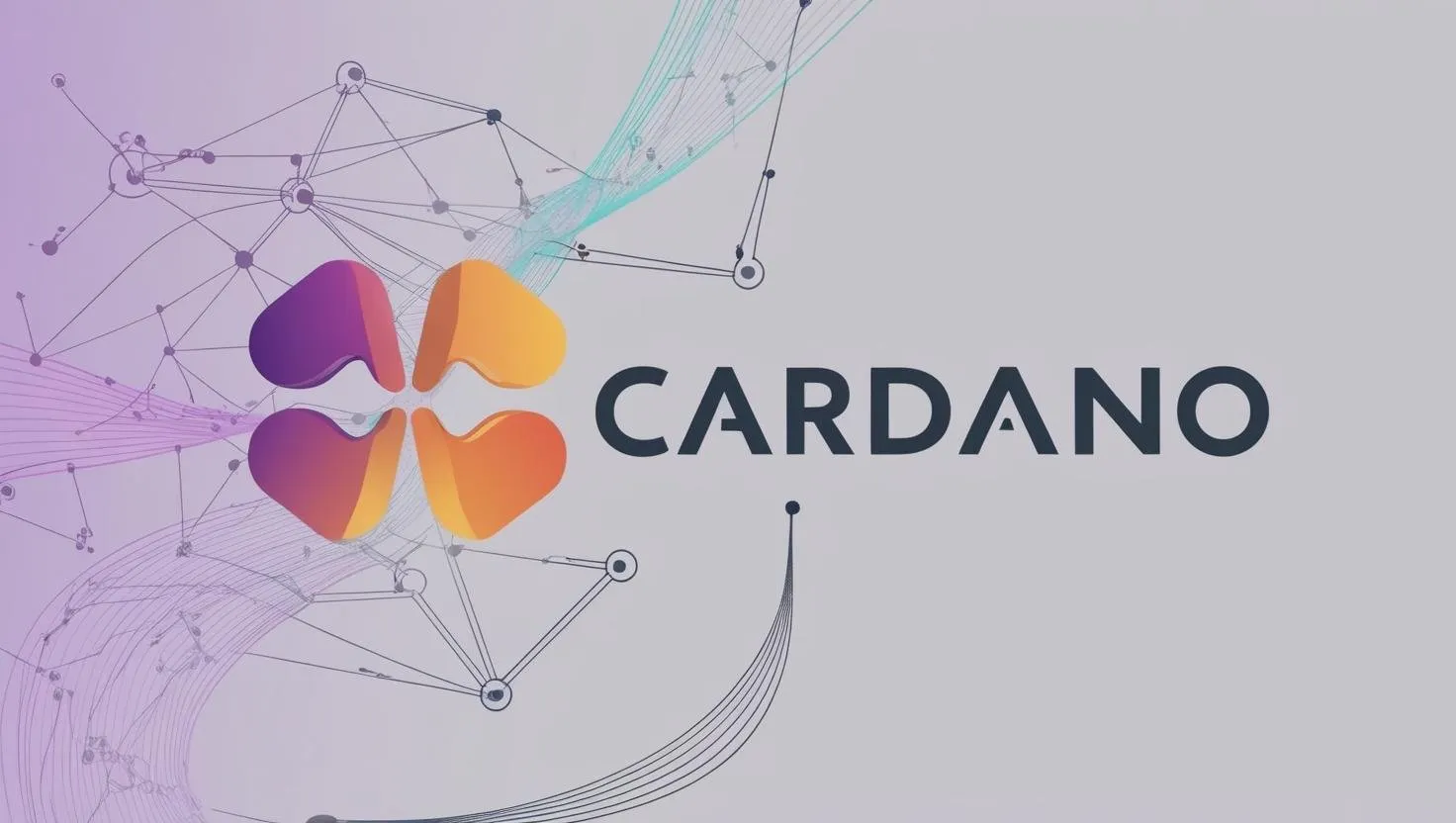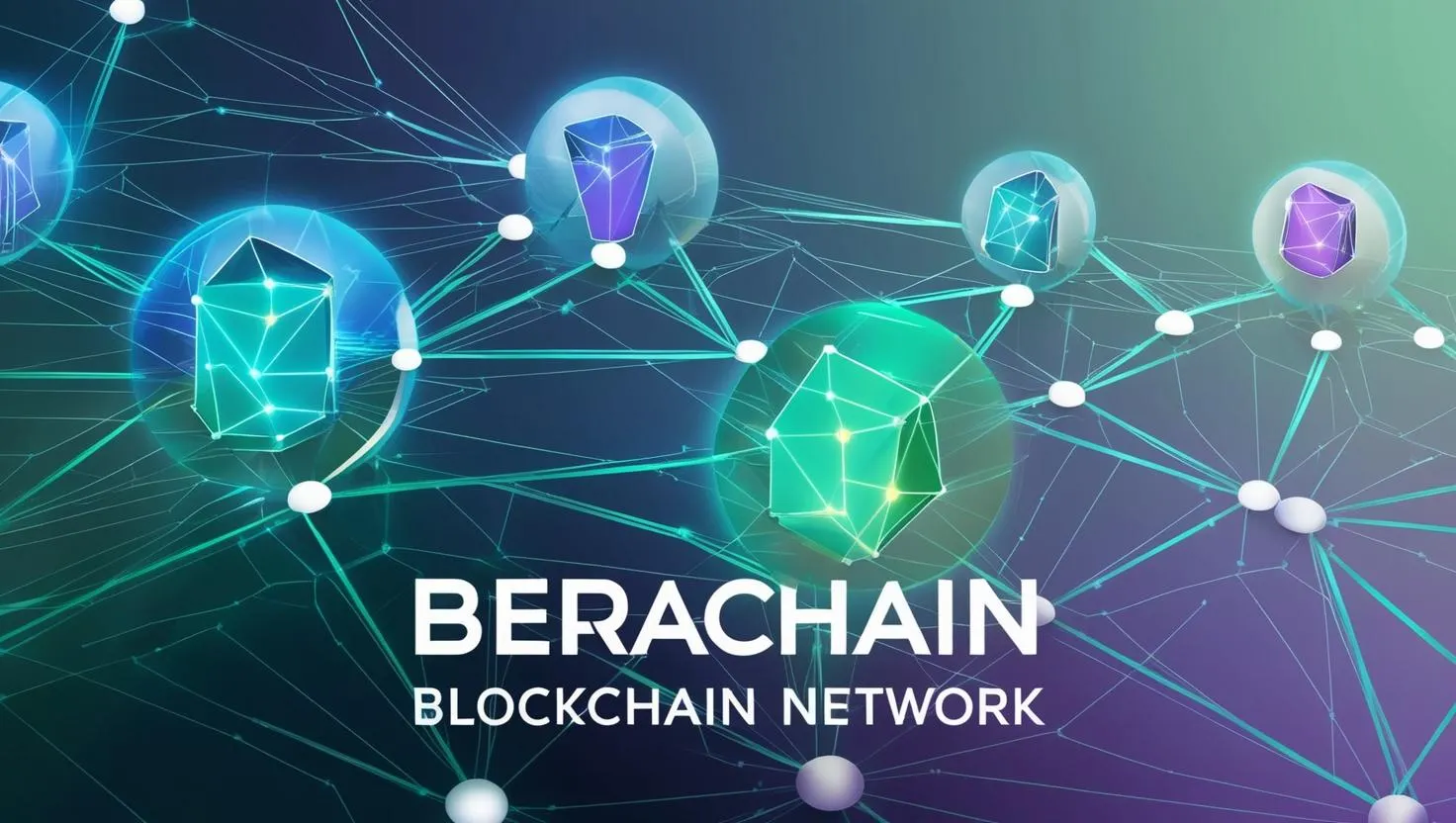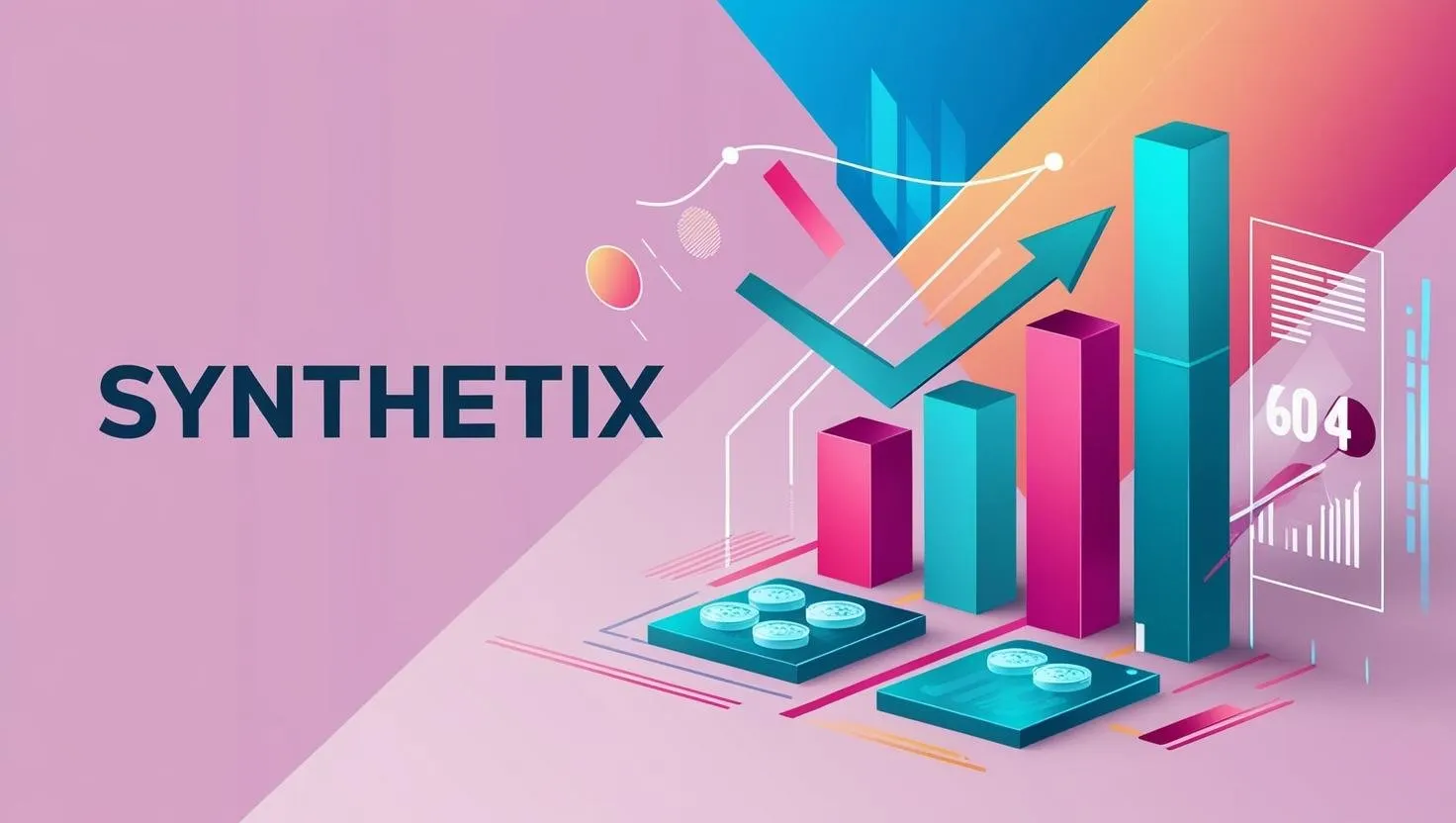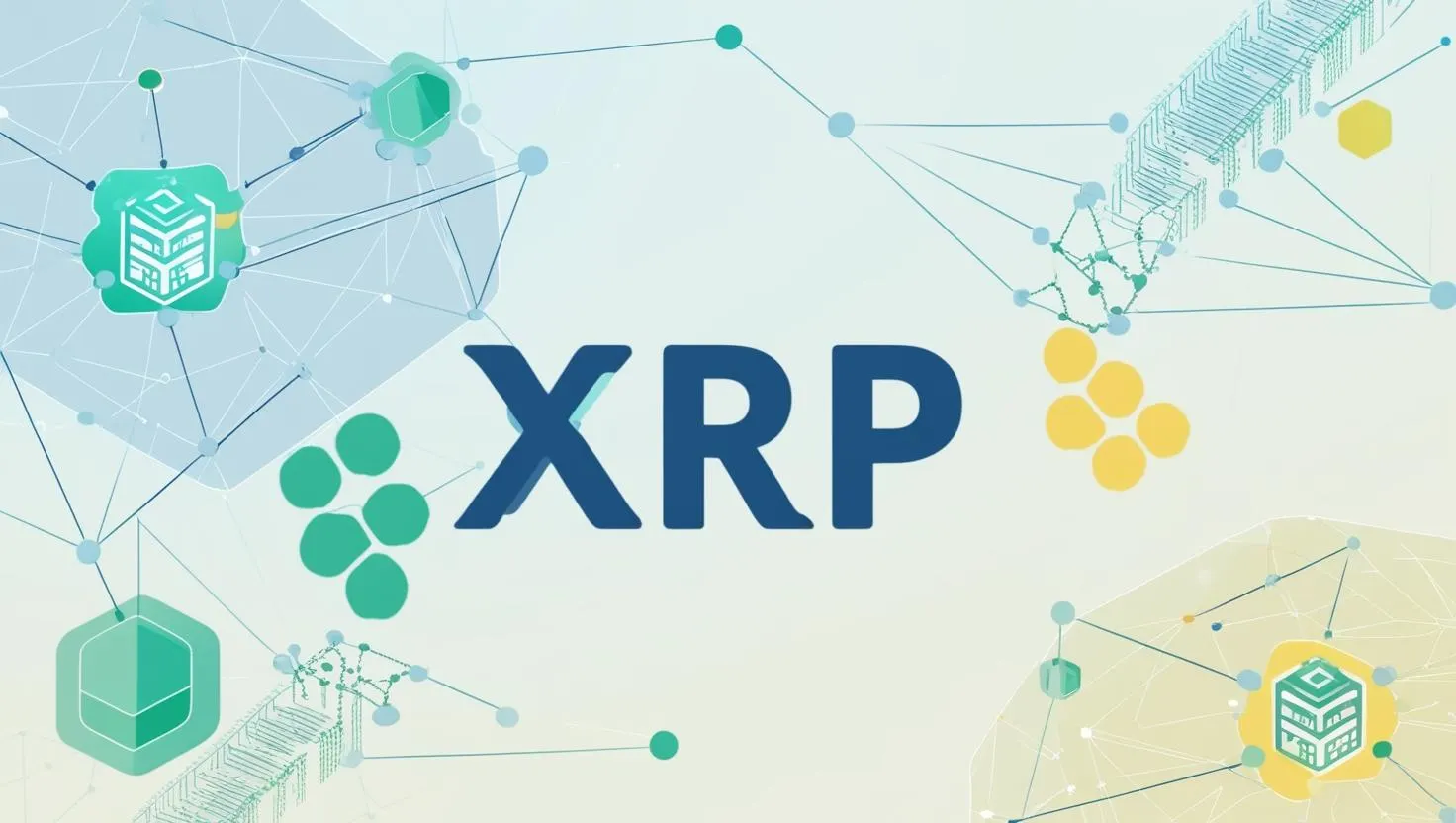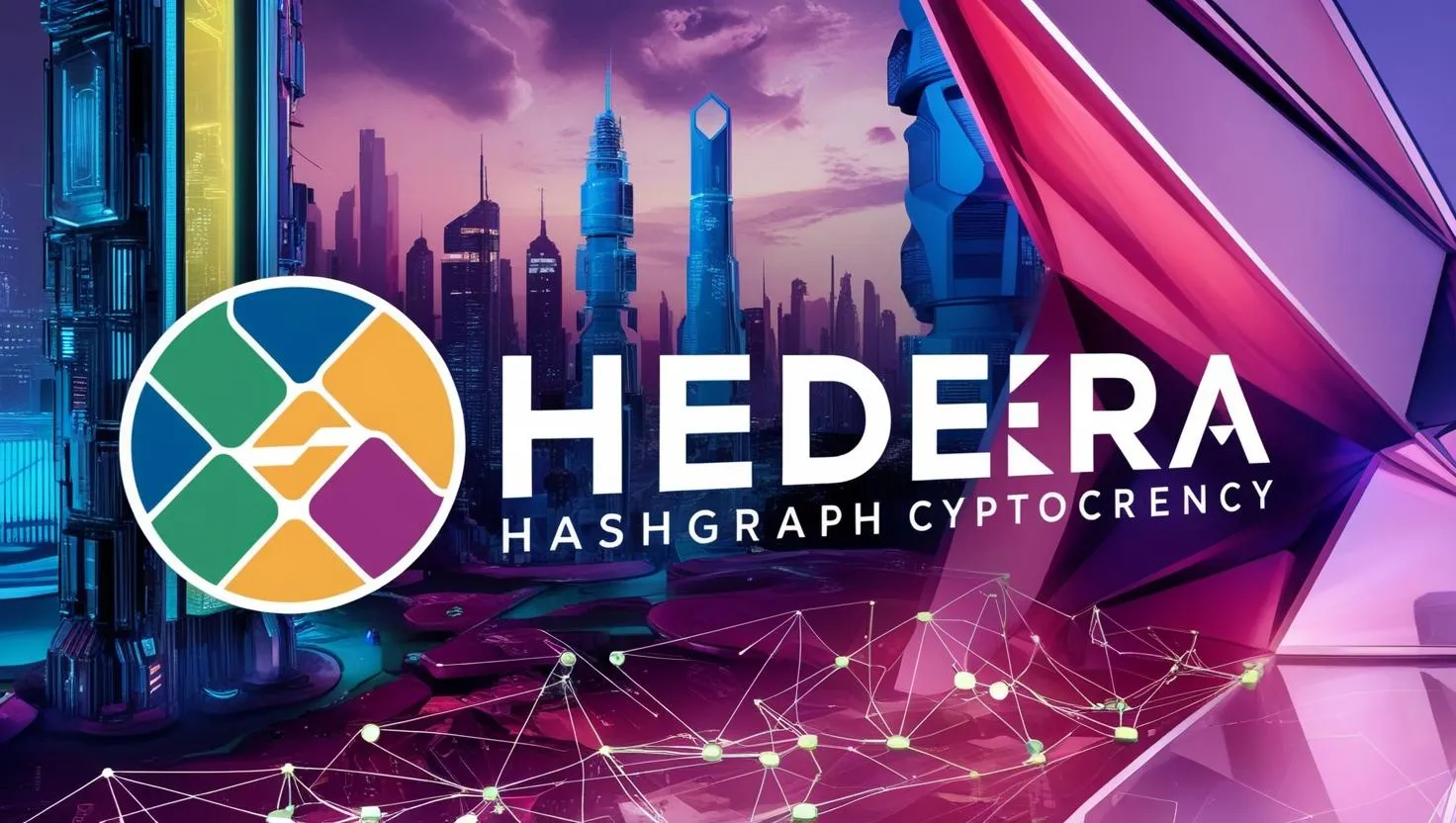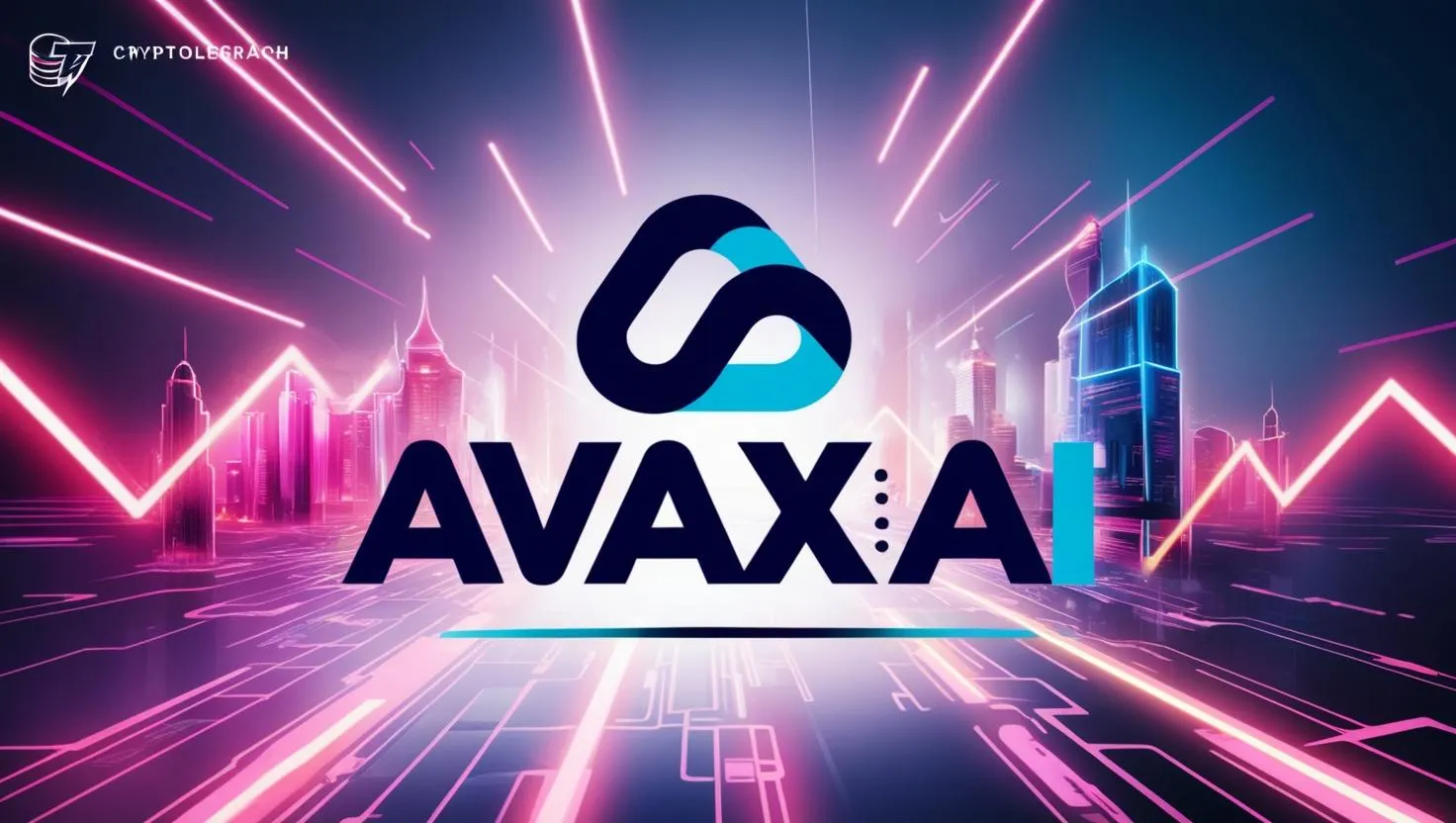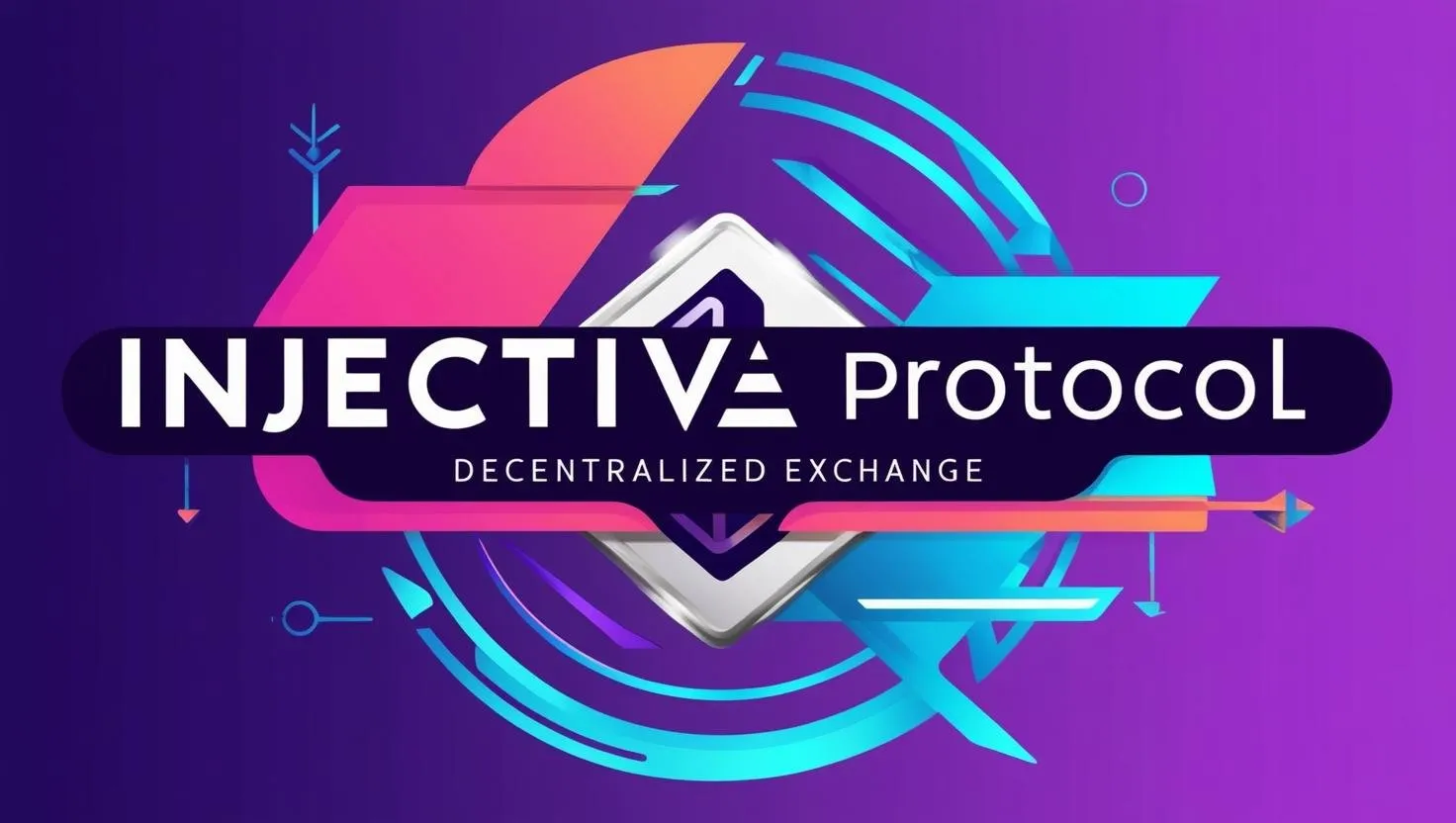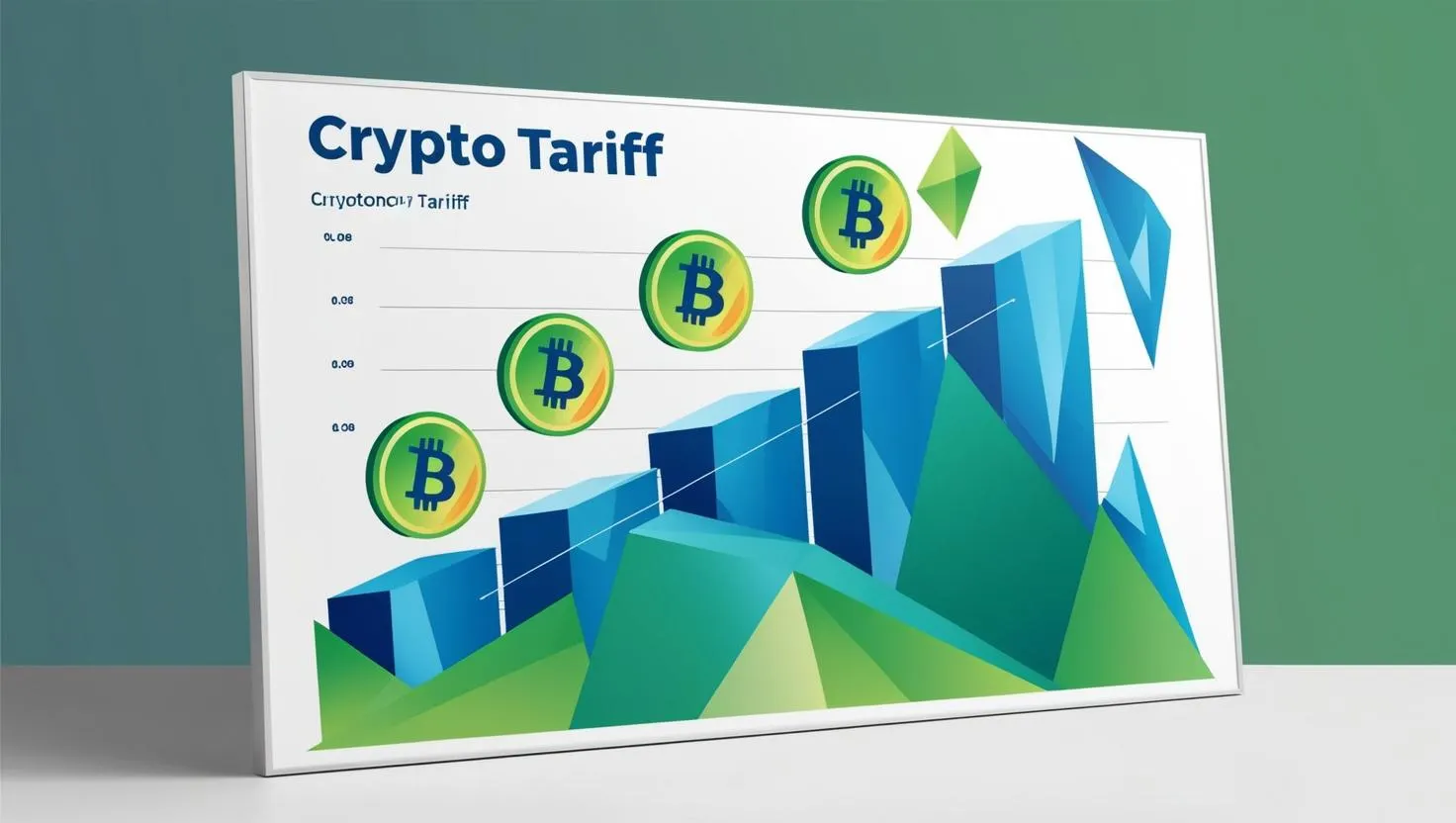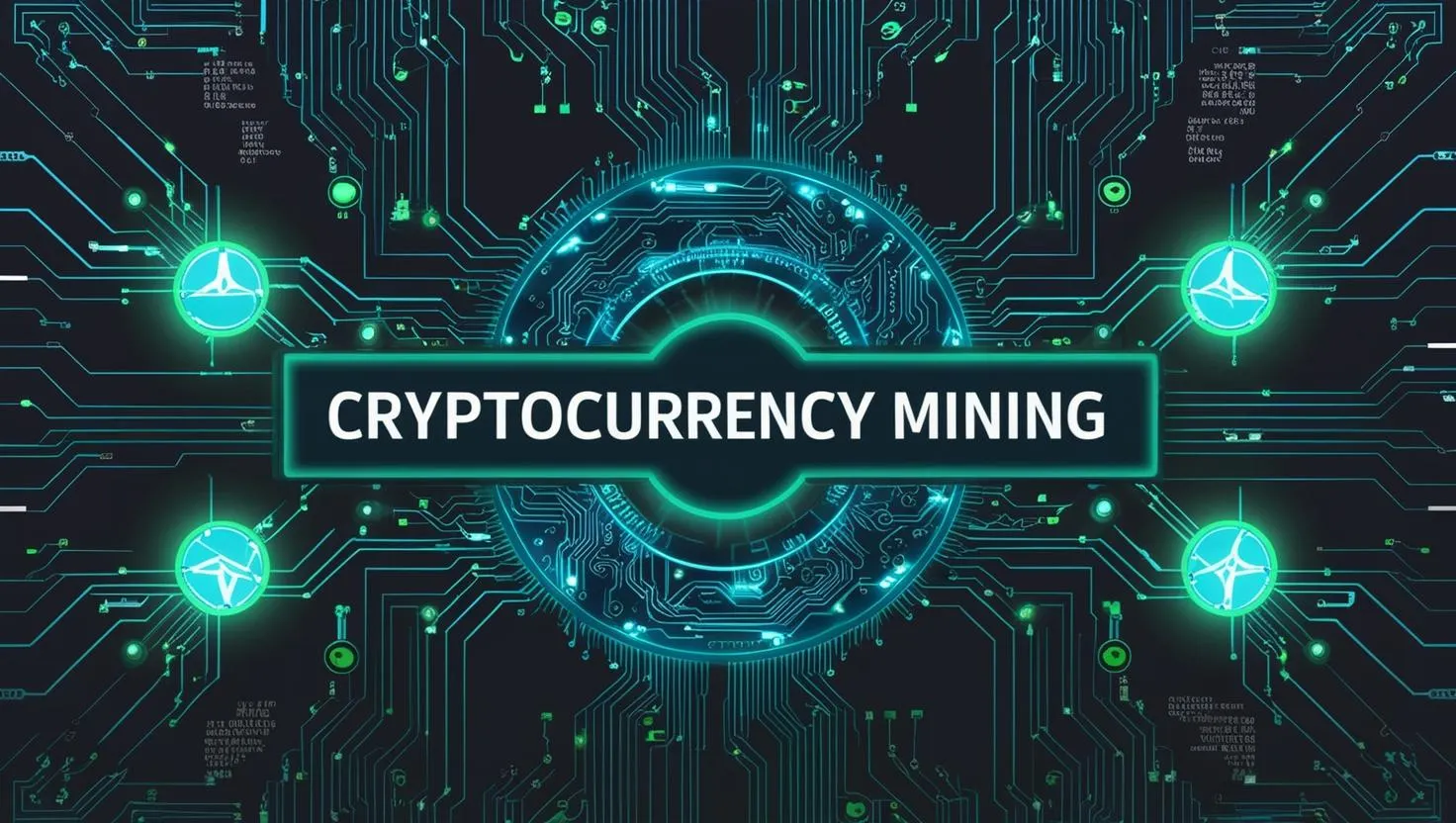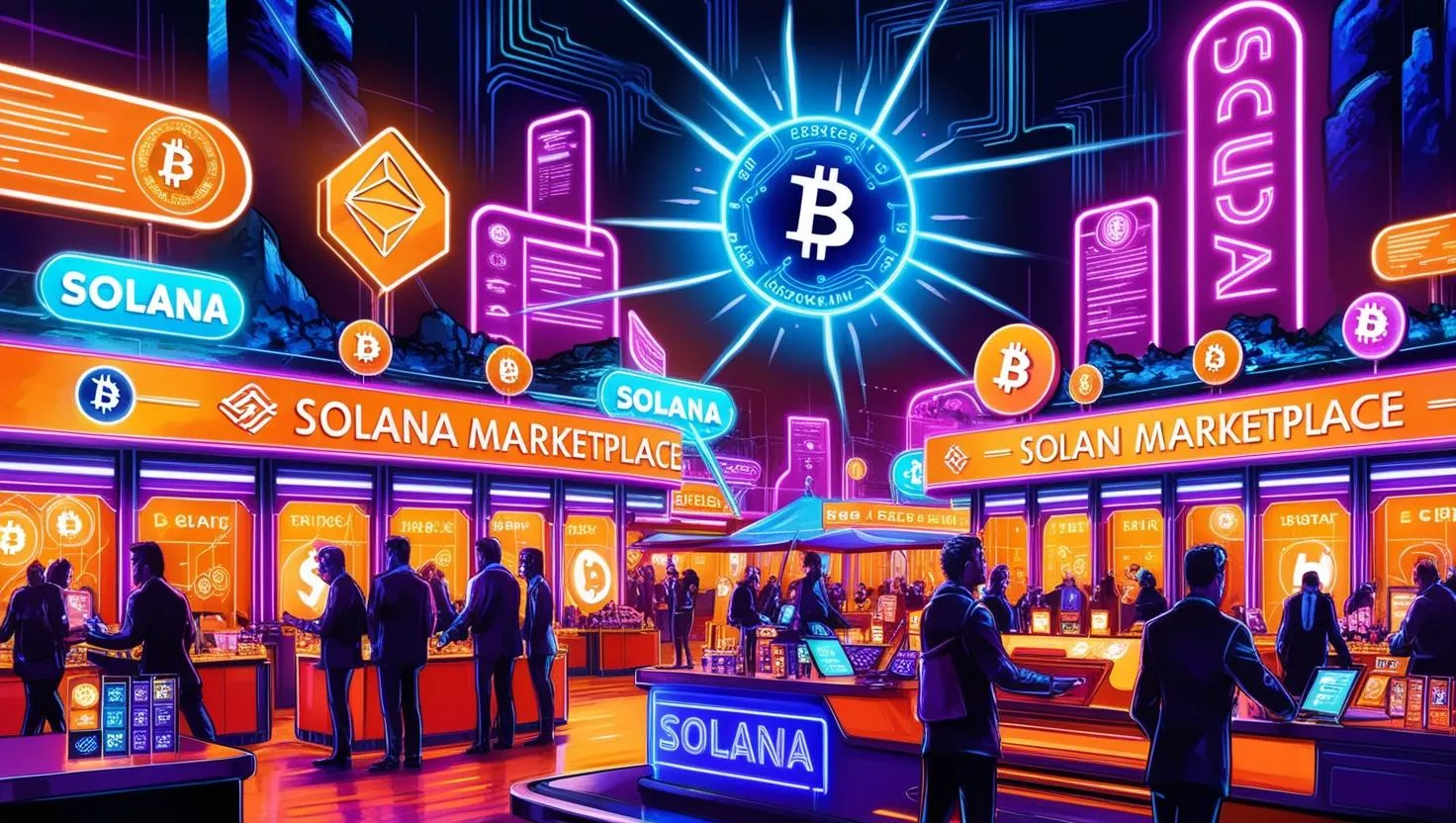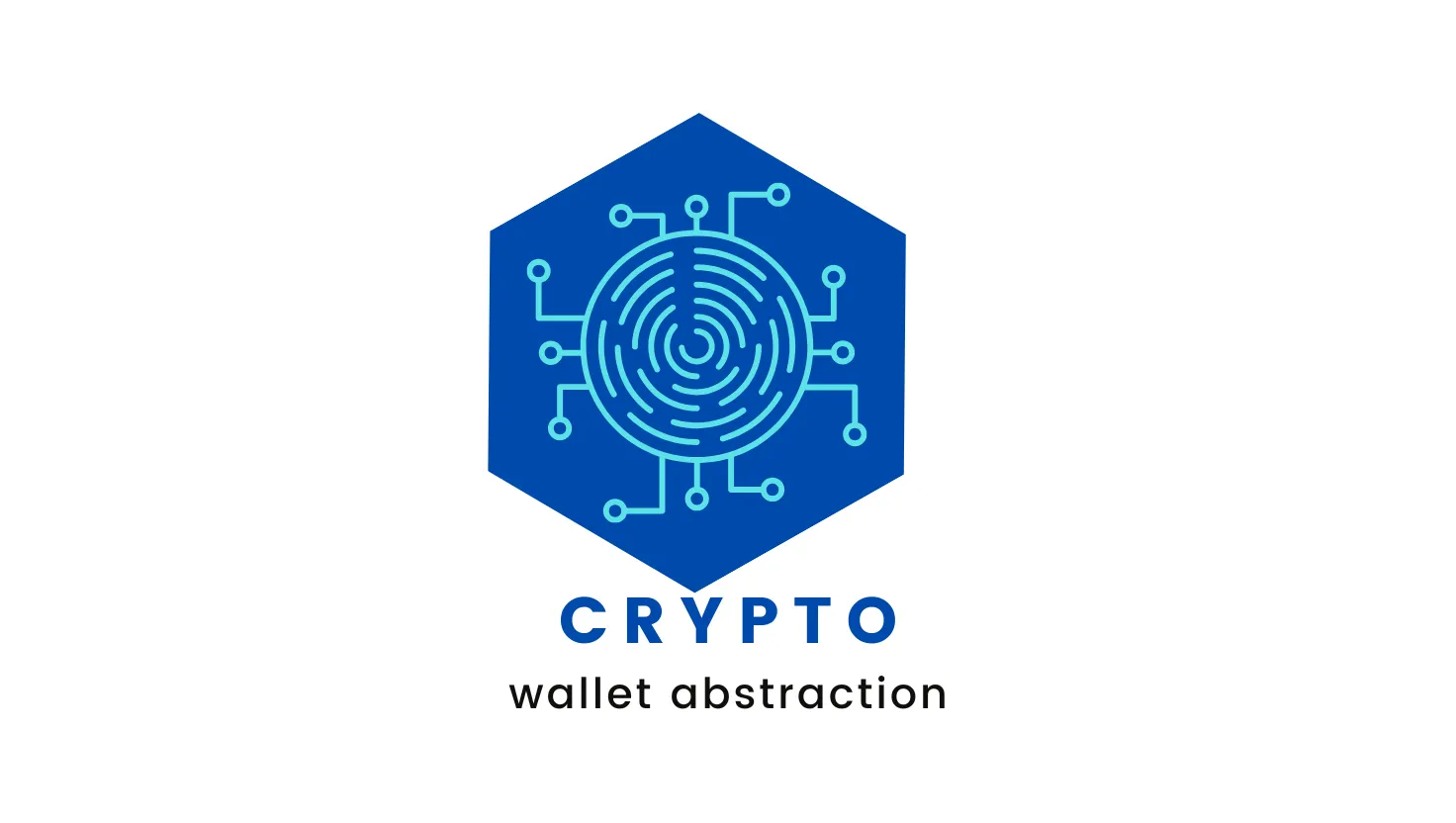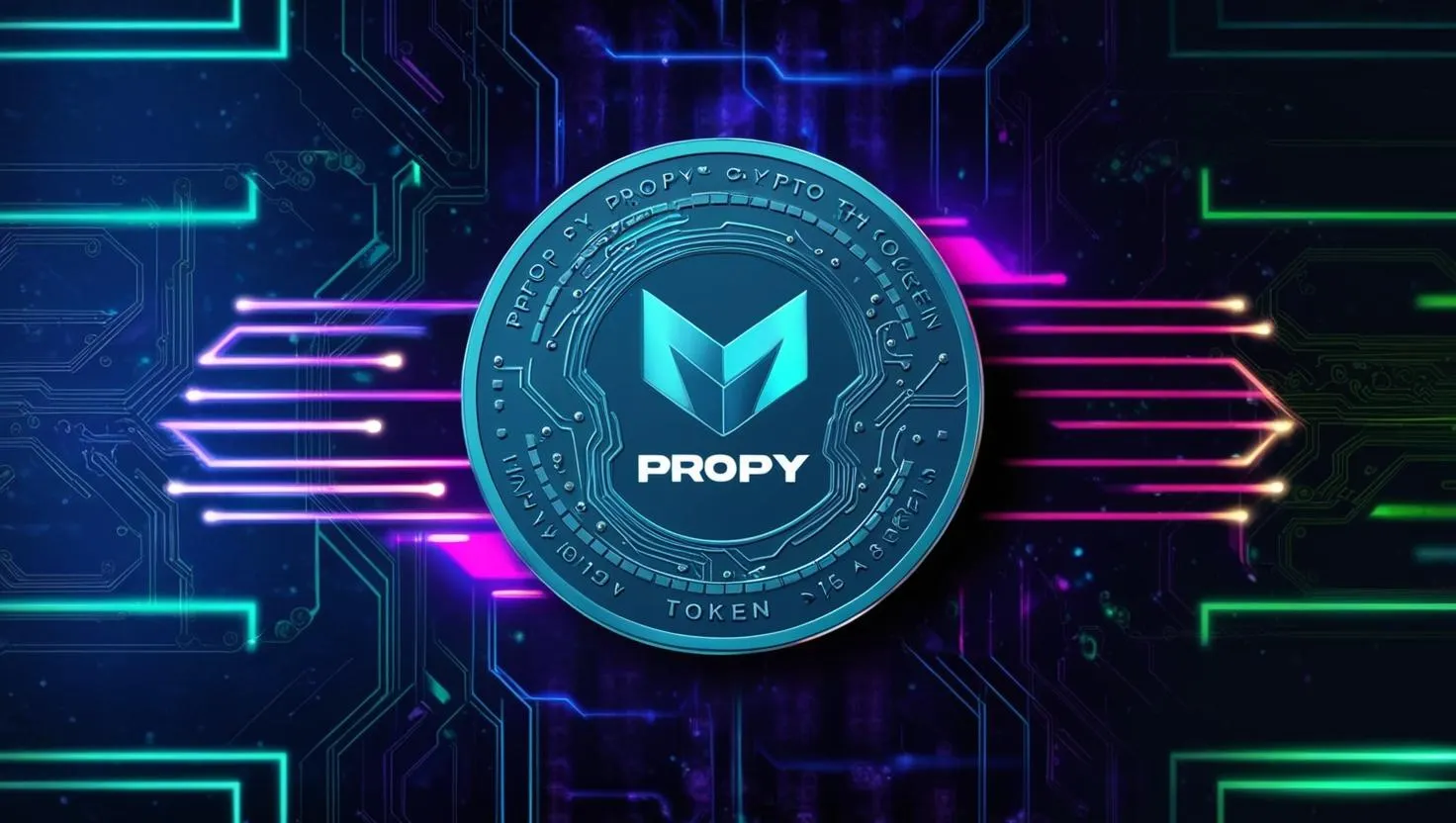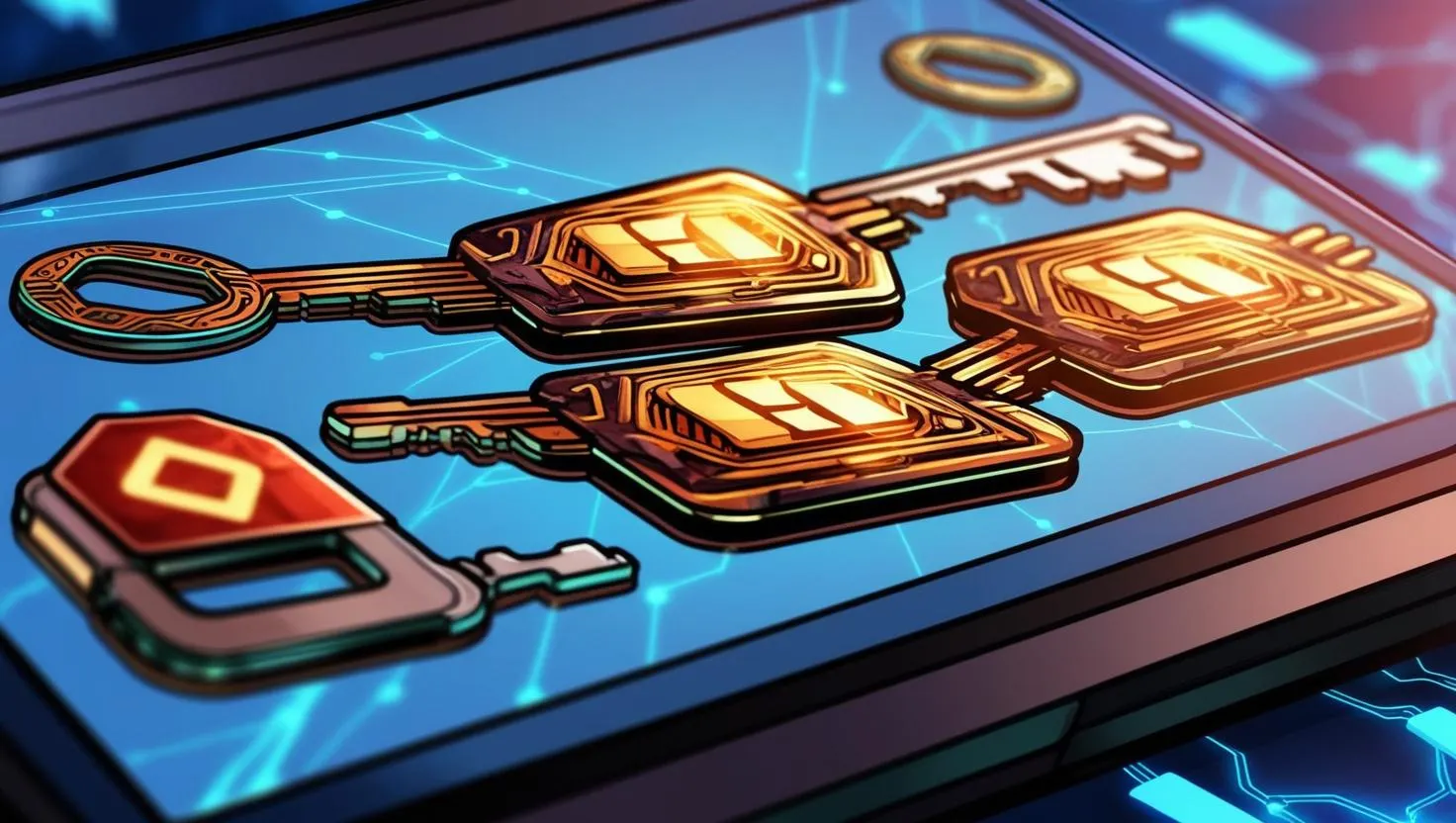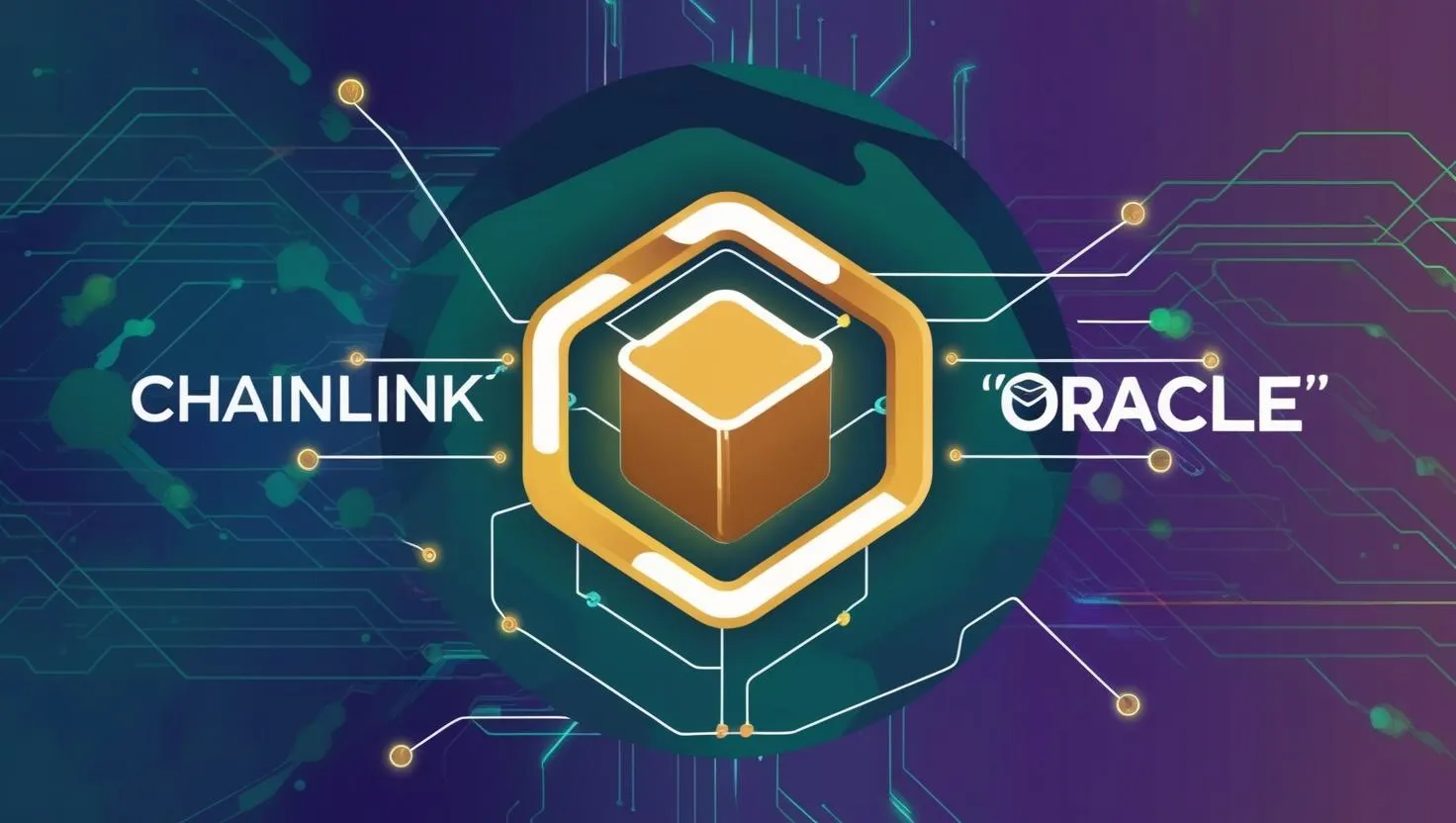Bonding Curves on Solana Network
Bonding Curves on Solana: A Comprehensive Guide
On the Solana blockchain, a bonding curve is a sophisticated mechanism that dynamically adjusts the price of a token based on its circulating supply. This innovative approach diverges from traditional order book systems, where buyers and sellers directly interact to determine prices.
Core Mechanism:
At its heart, a bonding curve employs a mathematical function that establishes an intrinsic relationship between a token's price and its supply. This function, which can take various forms (linear, exponential, sigmoid), serves as the algorithmic backbone for price determination.
- Dynamic Pricing: As users acquire tokens, the curve's algorithm automatically increases the price. Conversely, when users sell tokens, the price decreases. This dynamic pricing eliminates the need for intermediaries like order books, creating a decentralized and autonomous market.
Key Characteristics and Benefits:
- Decentralized Liquidity: Bonding curves foster a decentralized market where users directly interact with the curve to buy and sell tokens, bypassing centralized exchanges. This decentralized nature enhances accessibility and autonomy.
- Predictable Price Behavior: While price fluctuations are inherent, the curve's algorithmic nature introduces a degree of predictability into price movements. This predictability can be advantageous for both buyers and sellers.
- Continuous Liquidity: Unlike order books that may experience periods of low liquidity, bonding curves ensure continuous liquidity, enabling seamless token trading.
Types of Bonding Curves:
- Linear Curves: The most basic type, where the price increases proportionally with the number of tokens sold.
- Exponential Curves: Characterized by an accelerating price increase as the number of tokens sold grows, incentivizing early adoption.
- Sigmoid Curves: Exhibit an "S" shape, with initial slow price increases followed by a period of accelerated growth.
Applications on Solana:
- Token Launches: Bonding curves are widely adopted for launching new tokens on Solana. They facilitate fair distribution, deter early dumping, and enable controlled price increases.
- Decentralized Finance (DeFi): They play a crucial role in various DeFi protocols, such as automated market makers (AMMs) and stablecoin mechanisms.
- Community Governance: Bonding curves can be leveraged to fund community projects or distribute governance tokens based on community participation.
Example: Pump.fun
Pump.fun, a platform on Solana, exemplifies the practical application of bonding curves. It empowers users to launch custom meme coins using a variety of bonding curve configurations. This platform highlights the flexibility of bonding curves, allowing users to tailor the curve's parameters to achieve specific price dynamics and community incentives.
Considerations:
- Curve Design: The selection of the curve function significantly influences the token's price behavior and the project's overall success.
- Impermanent Loss: While offering unique advantages, bonding curves can still be susceptible to impermanent loss, particularly in volatile markets.
- Complexity: Designing and implementing intricate bonding curves can pose technical challenges.
Conclusion:
Bonding curves represent a powerful innovation within the Solana ecosystem, enabling the creation of decentralized and sophisticated token economies. By carefully designing and implementing these curves, projects can achieve a wide range of objectives, from fair token distribution to stable price mechanisms.
Disclaimer: This information is for educational purposes only and should not be considered financial advice. Investing in cryptocurrencies involves significant risks.
What is Solana? $SOL Explained with Animations

